Theo's First Visit To The Aquarium Of The Pacific
Time to visit the fissies! Michele, Theo, Sue and Paul are off to the Aquarium Of The Pacific in Long Beach.


We Start The Afternoon With Lunch At PF Chang's China Bistro

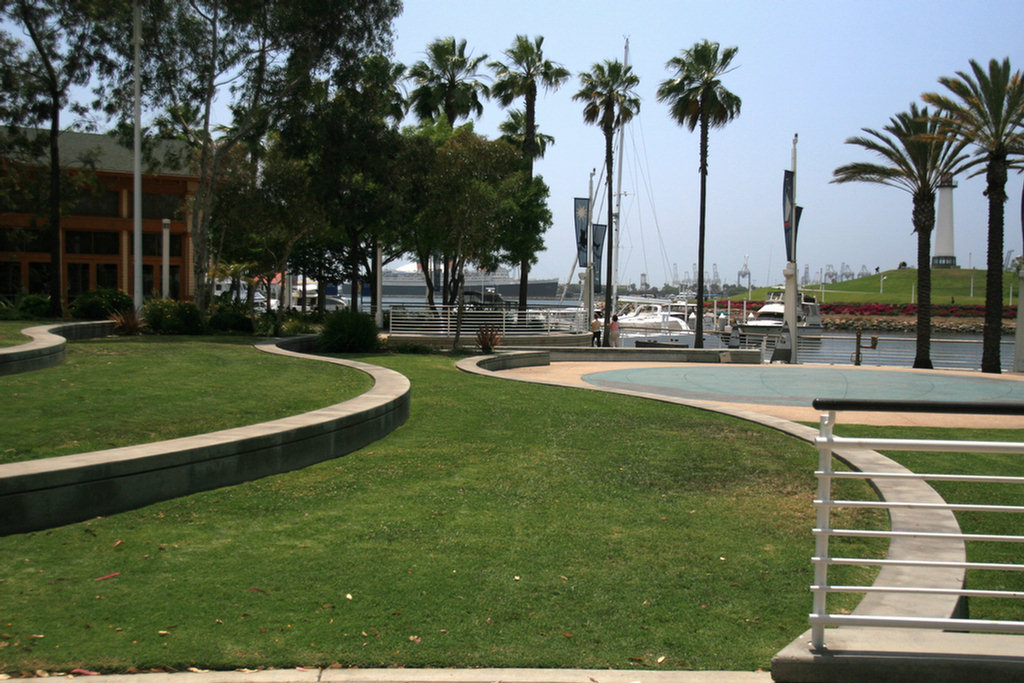
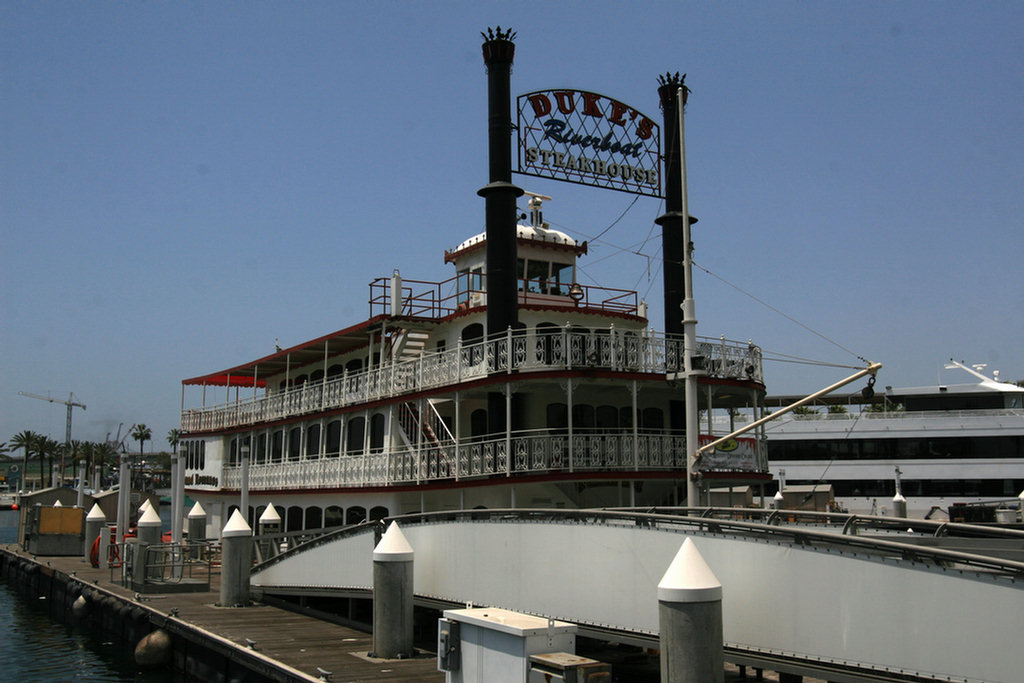
Theo has been in th car for an hour so it is time to run him
around
before lunch! Off we go!
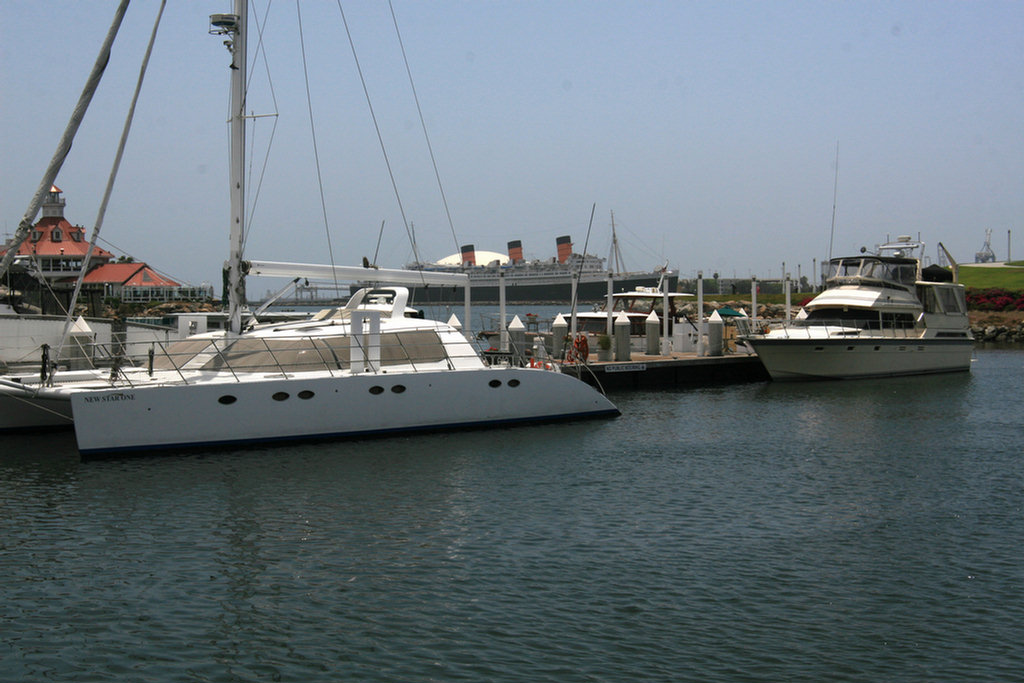
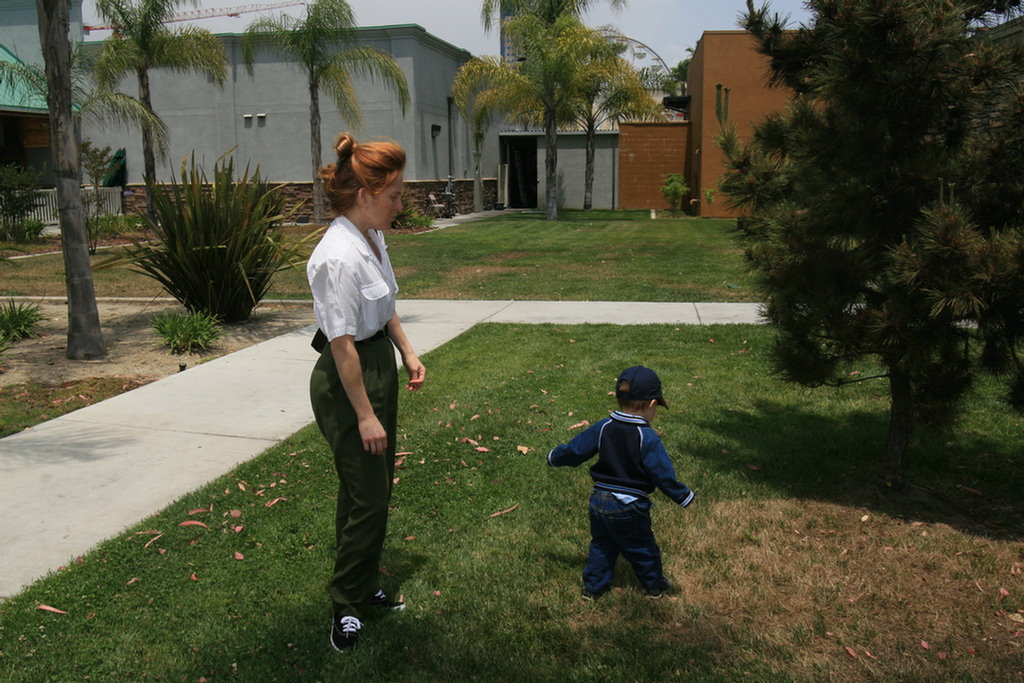
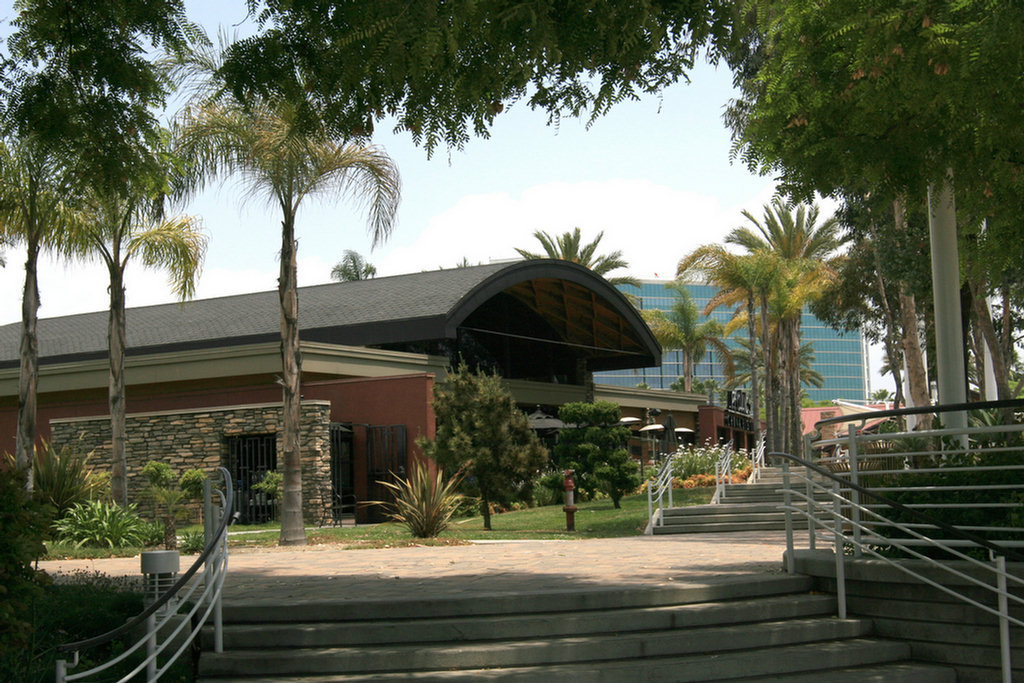
He Smell's Food So Exercise Ceases And Lunch Begins!


Enough Food, Time For The Fish!
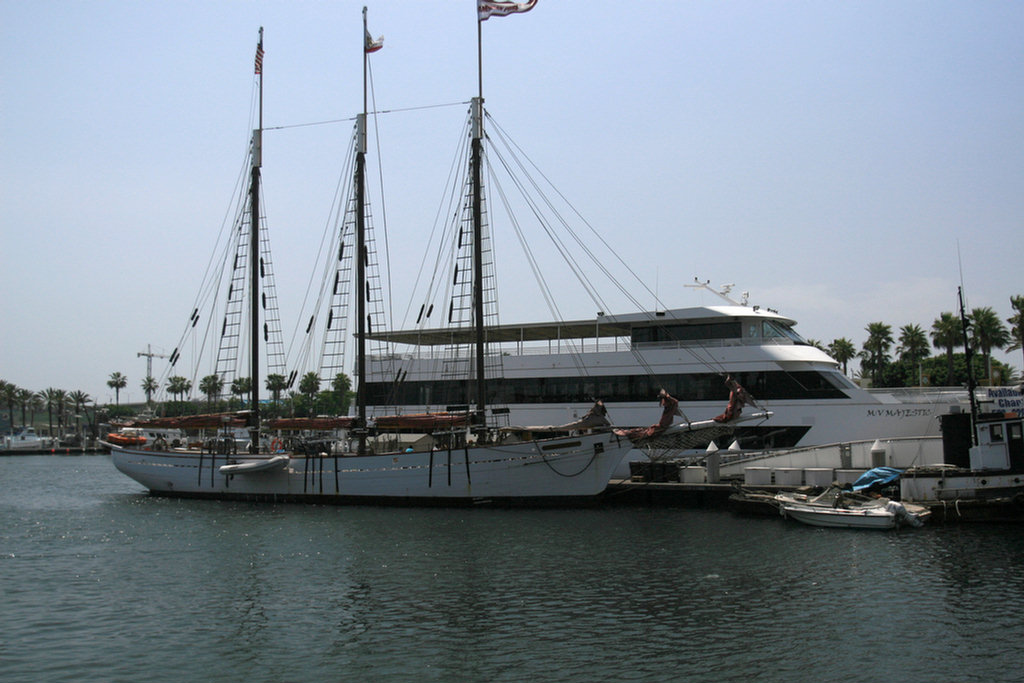
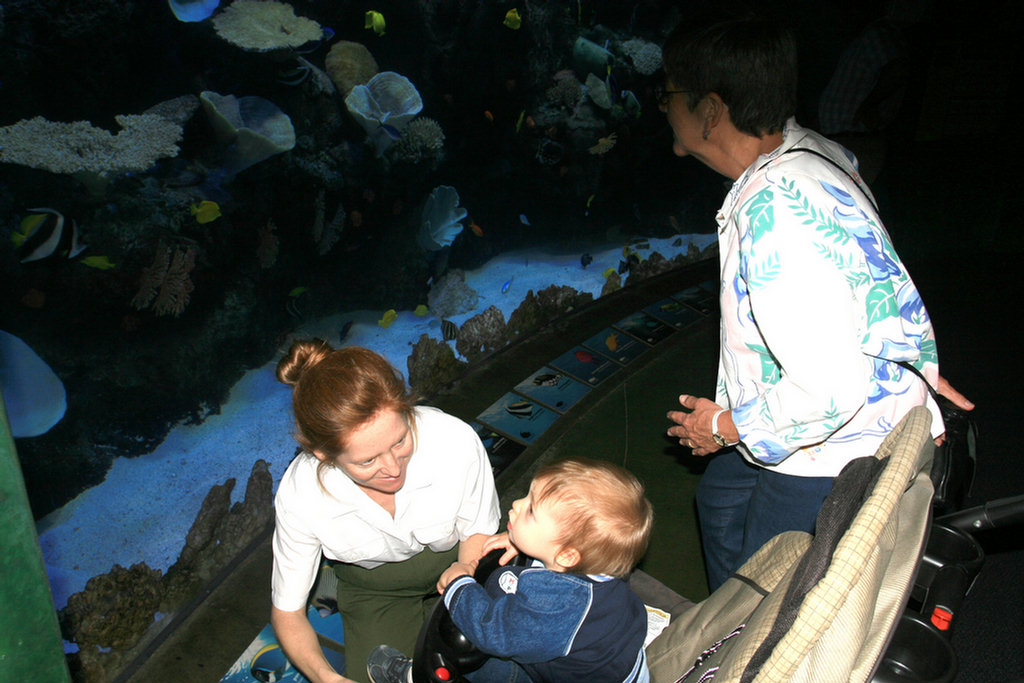

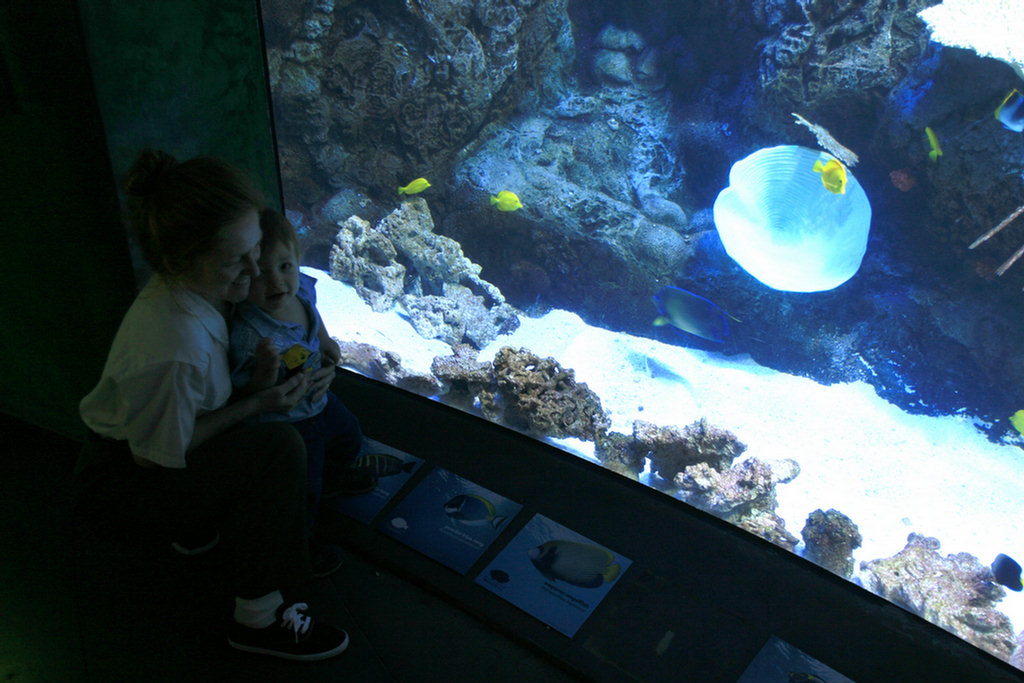
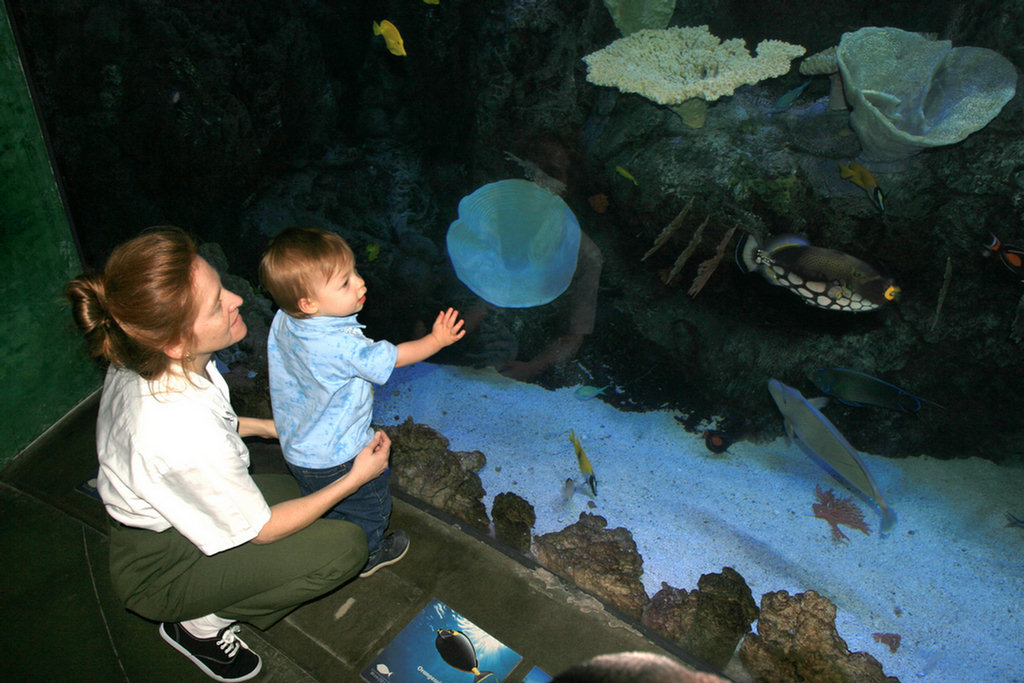
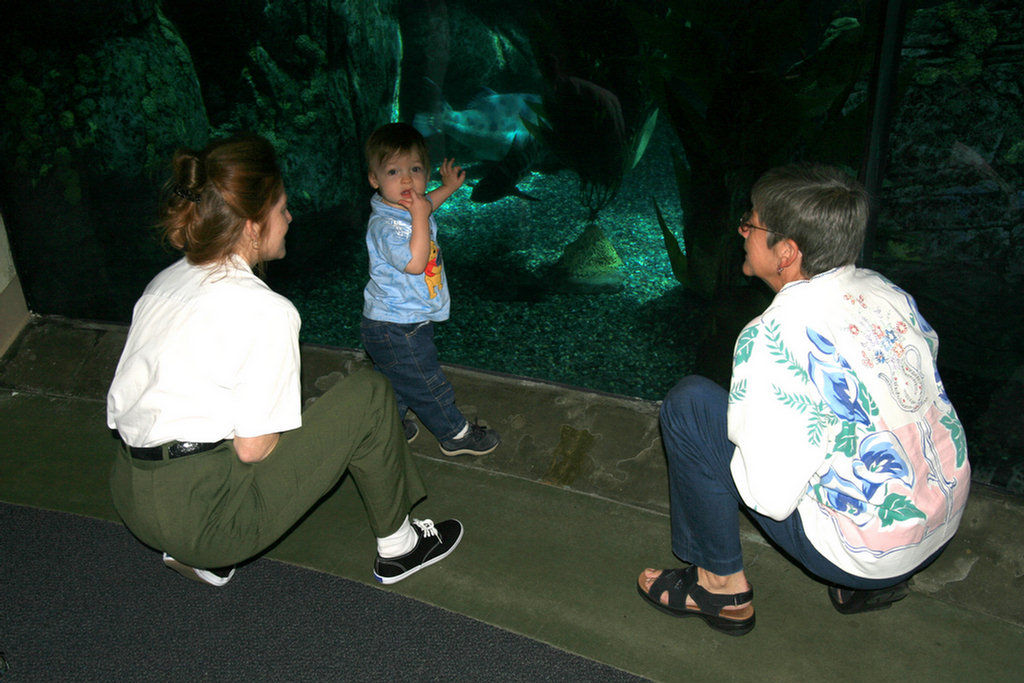
Hey Mom & Grandma, look at these crazy dogs! They are swimming
underwater!
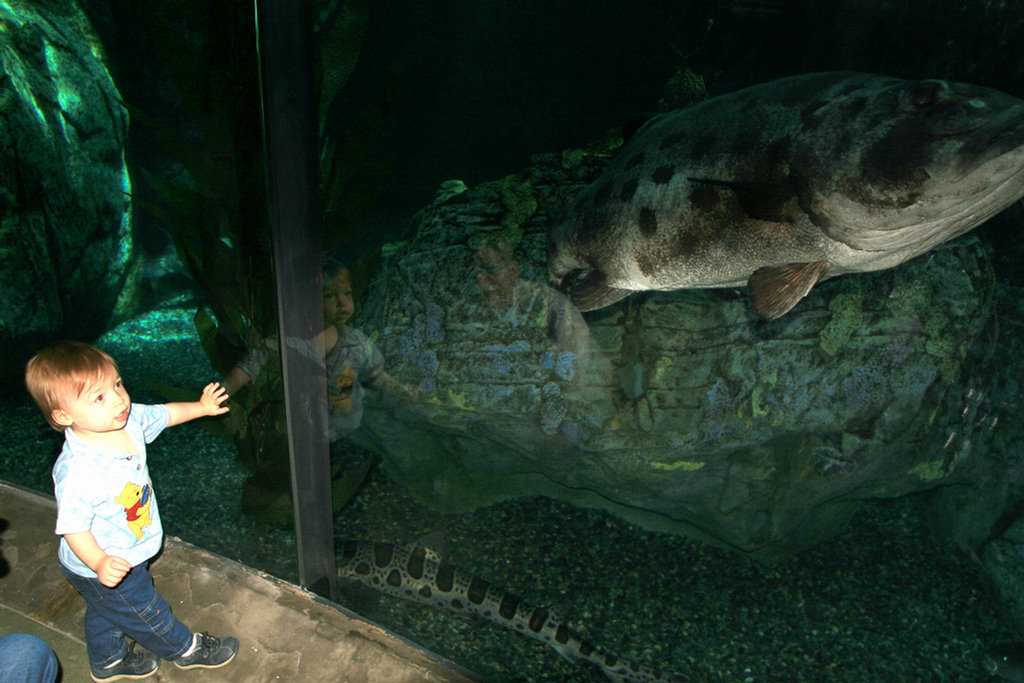
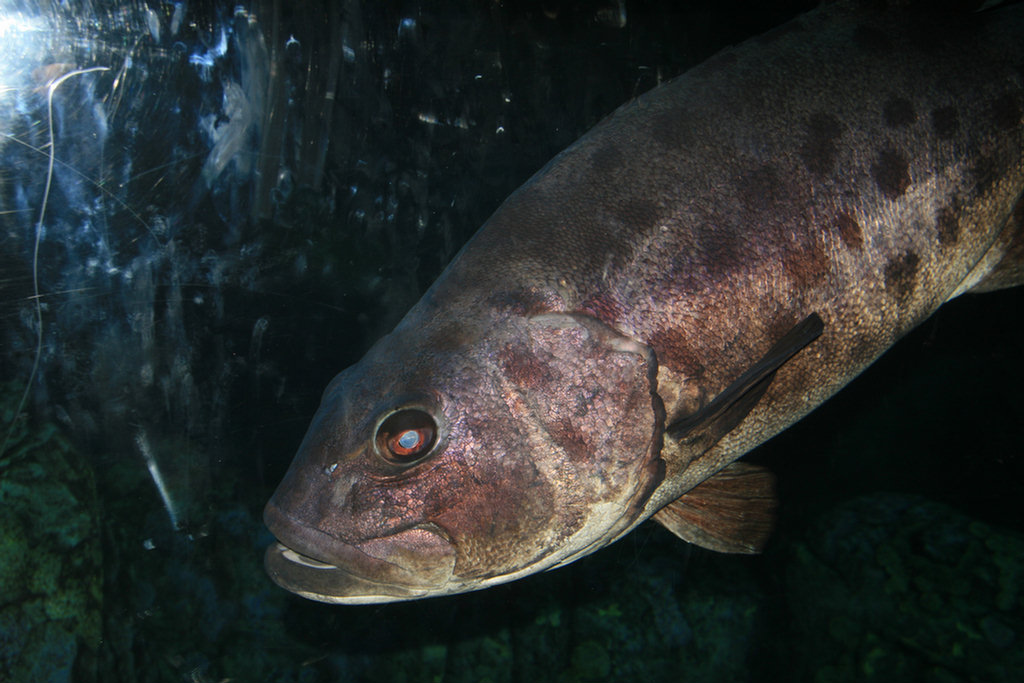
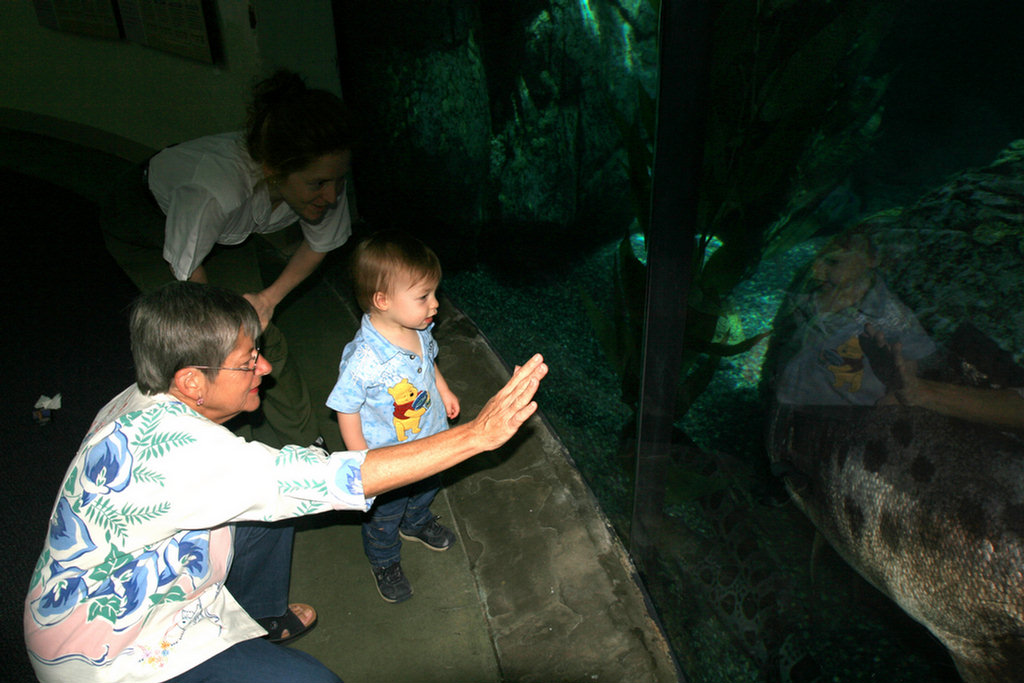
OK, where is my fishing pole??
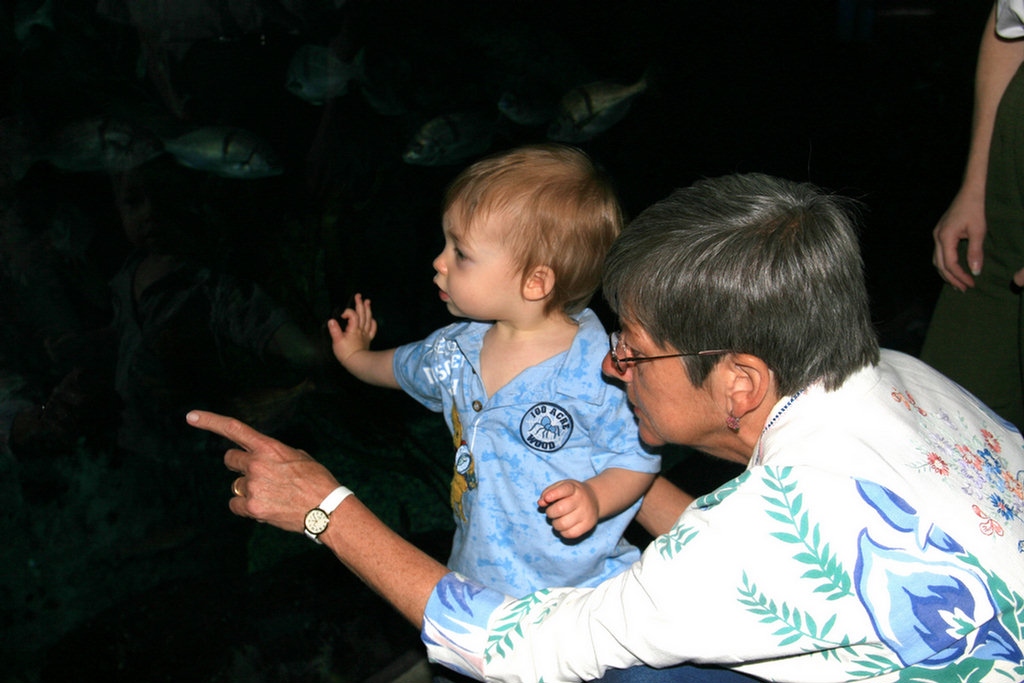

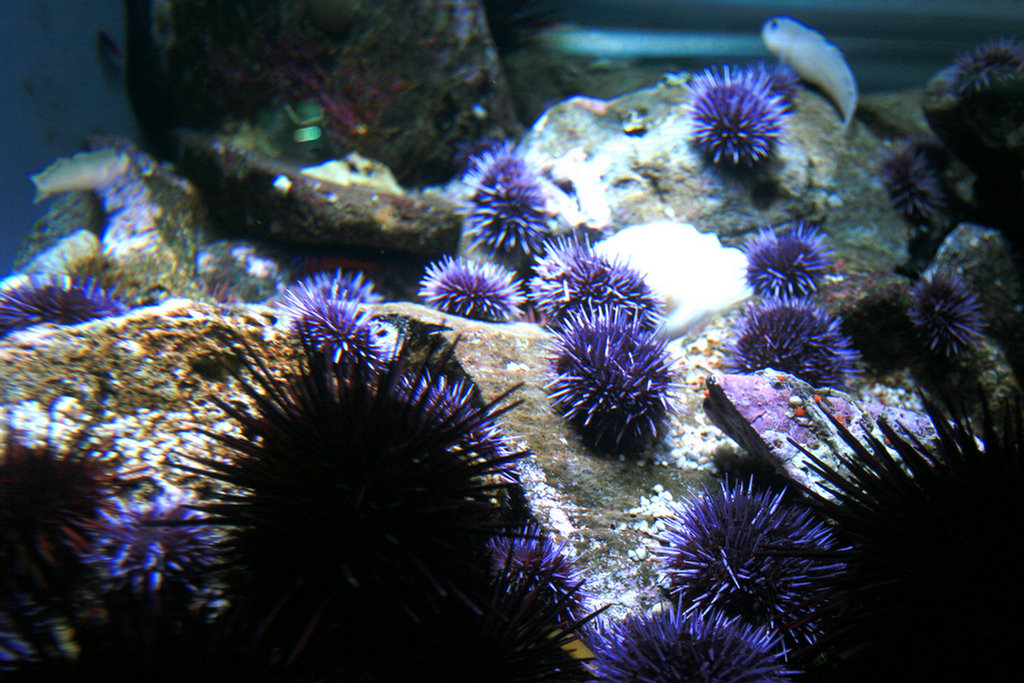
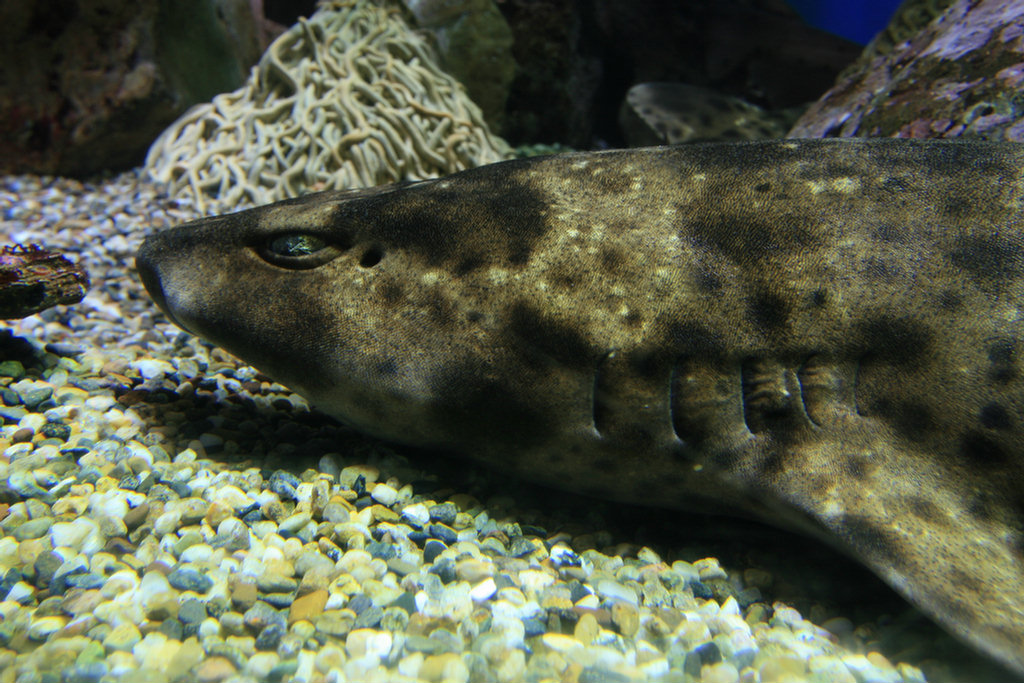
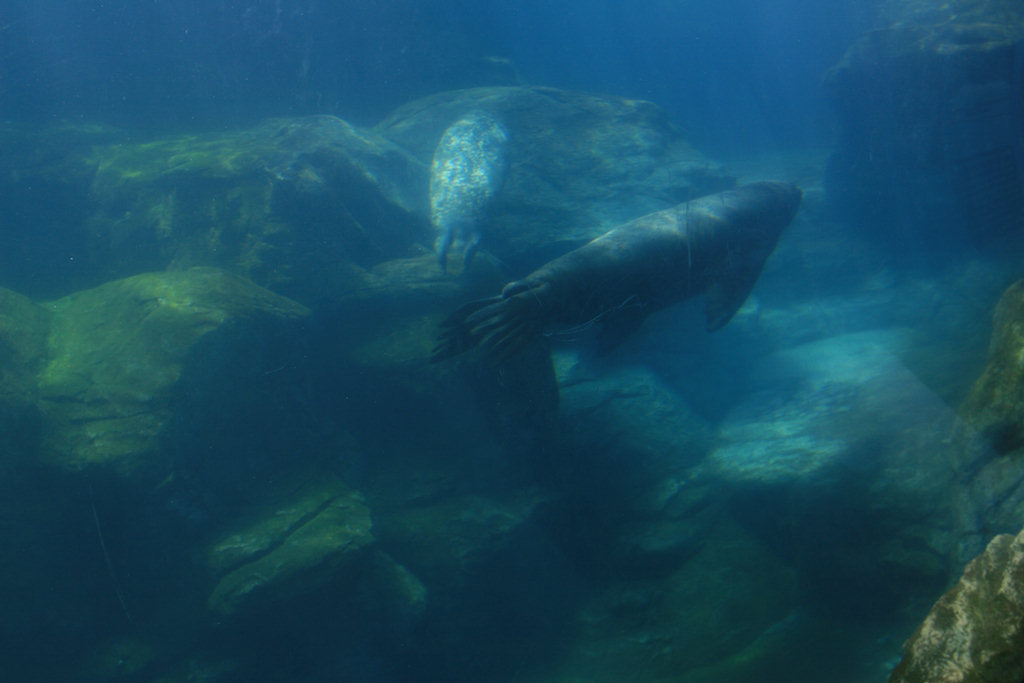
Mom! This Is Really Cool!
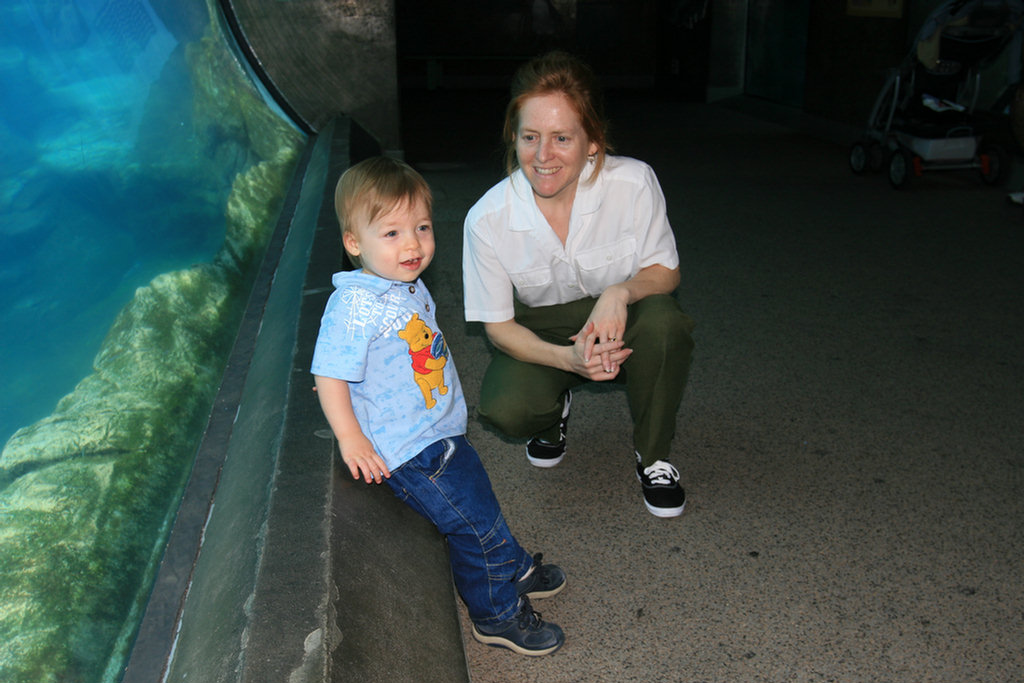
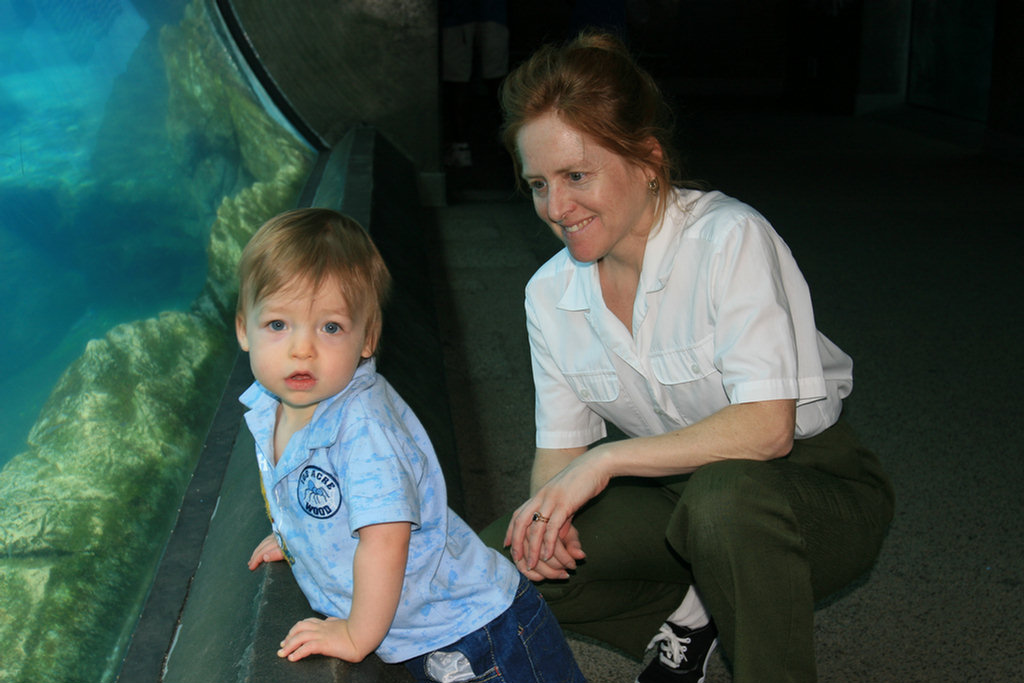
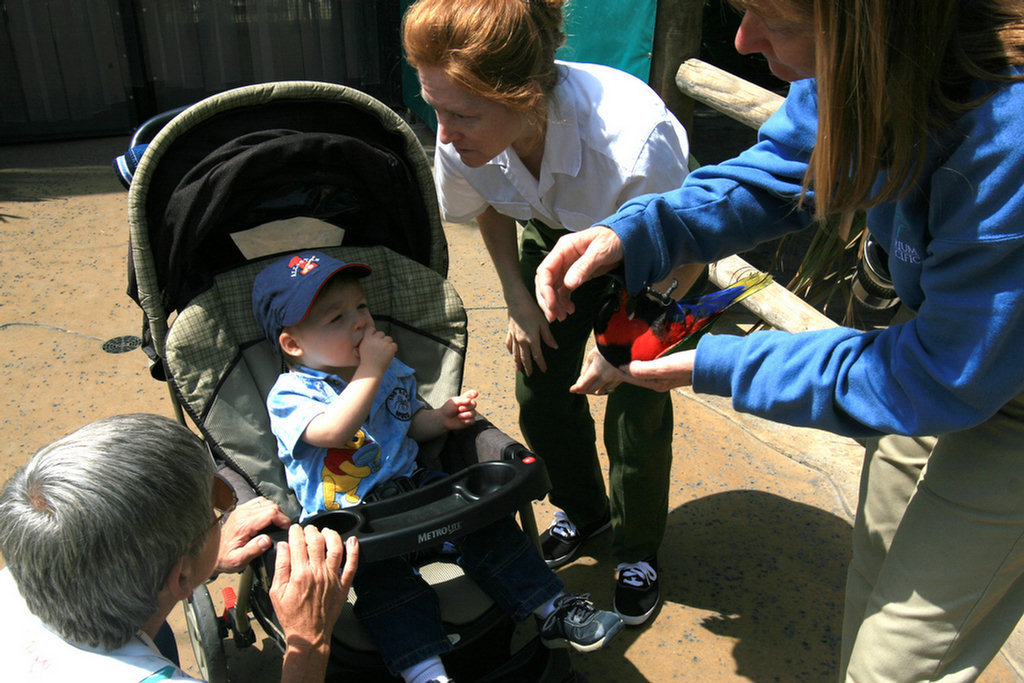
You can't fool me, that is NOT a fish! It is a bird!
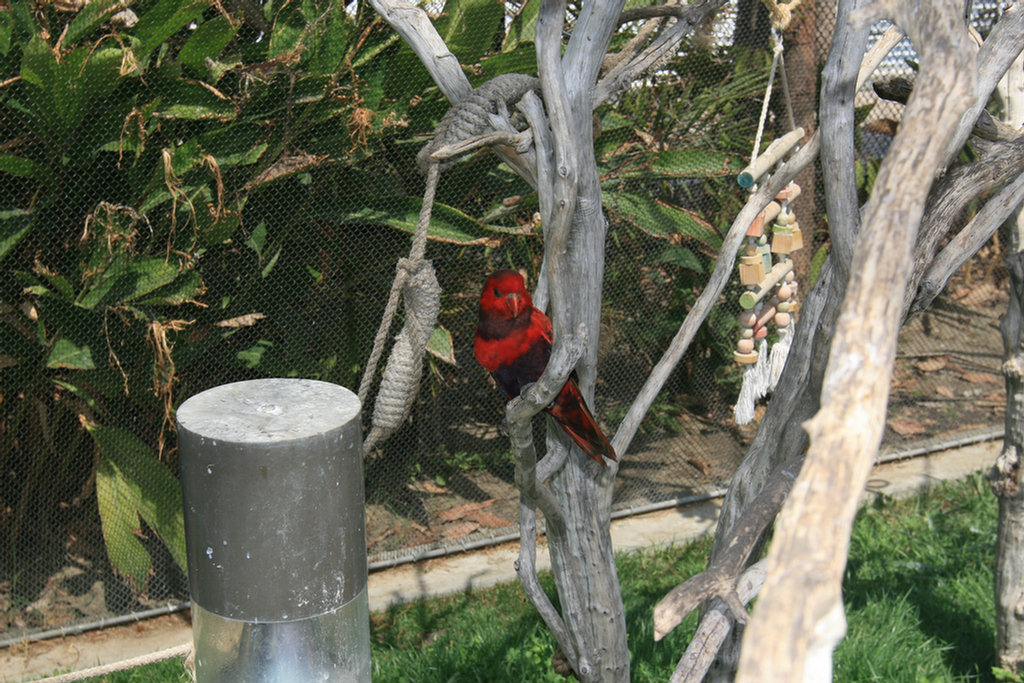
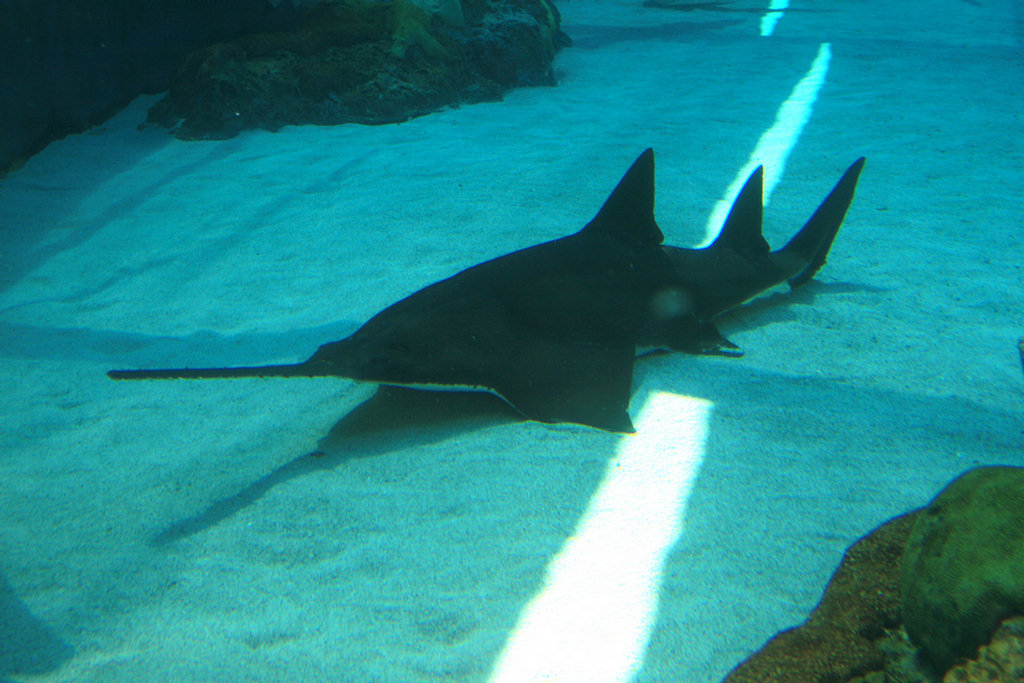
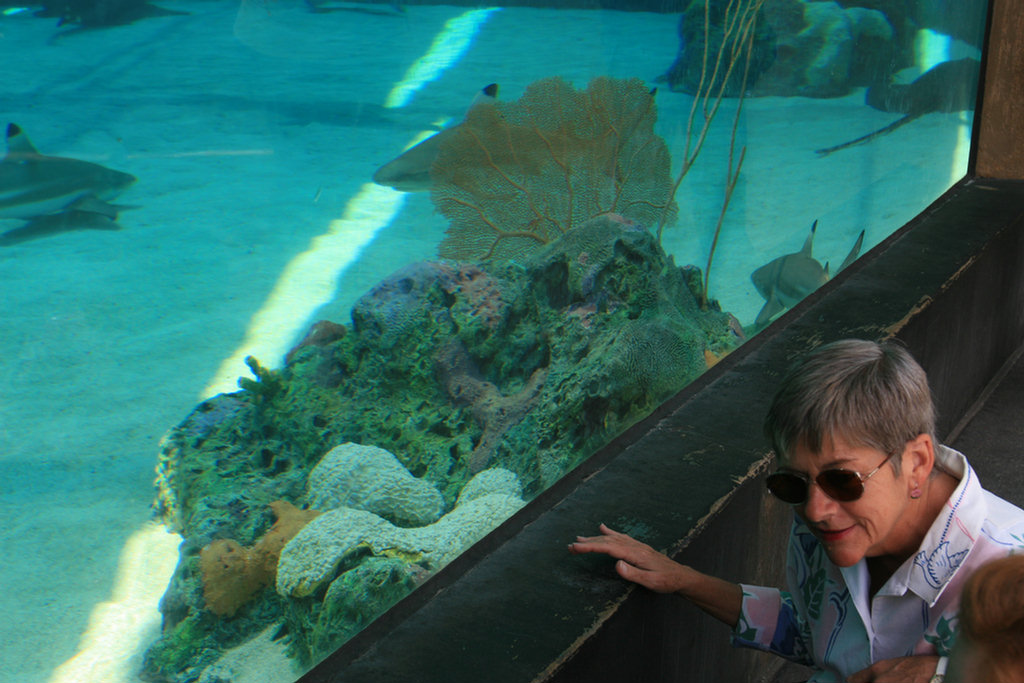

M-m-m-m-m I might reconsider swimming in the ocean!
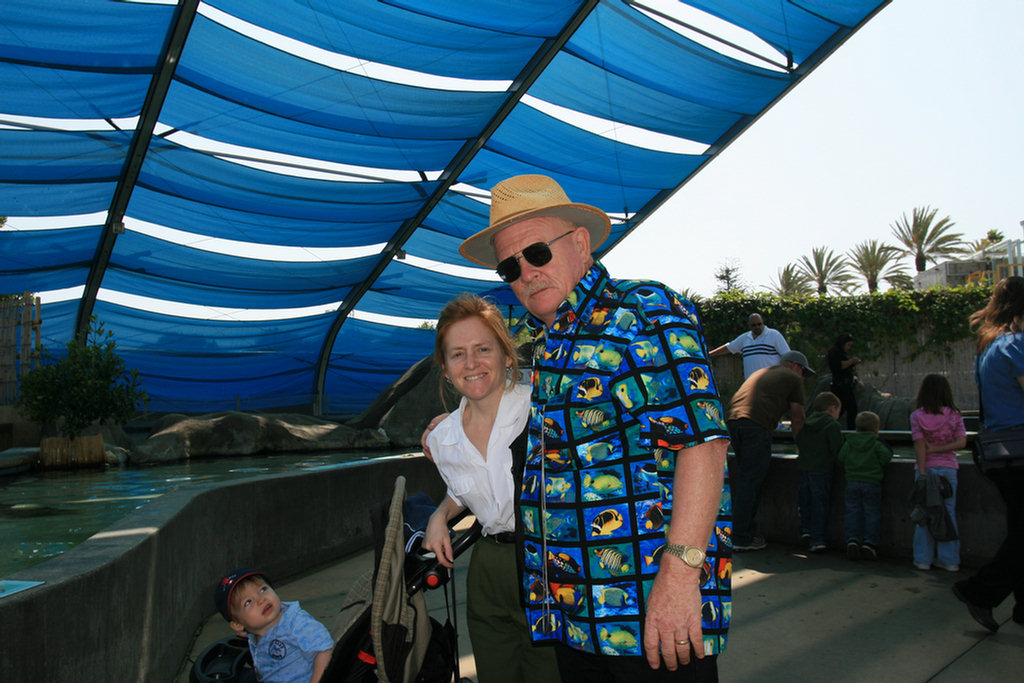
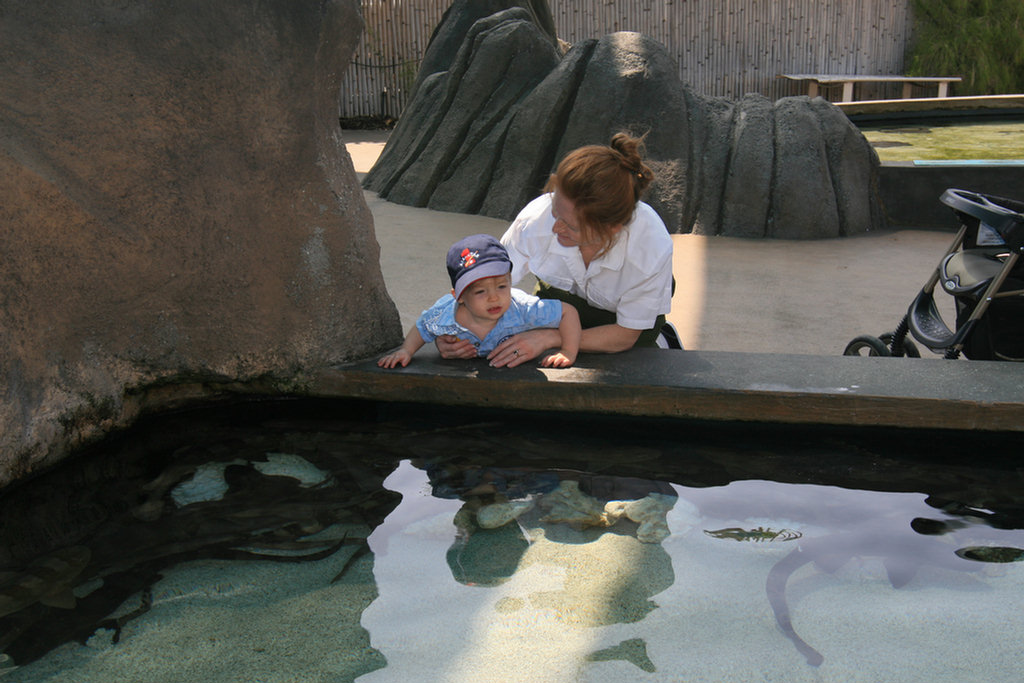
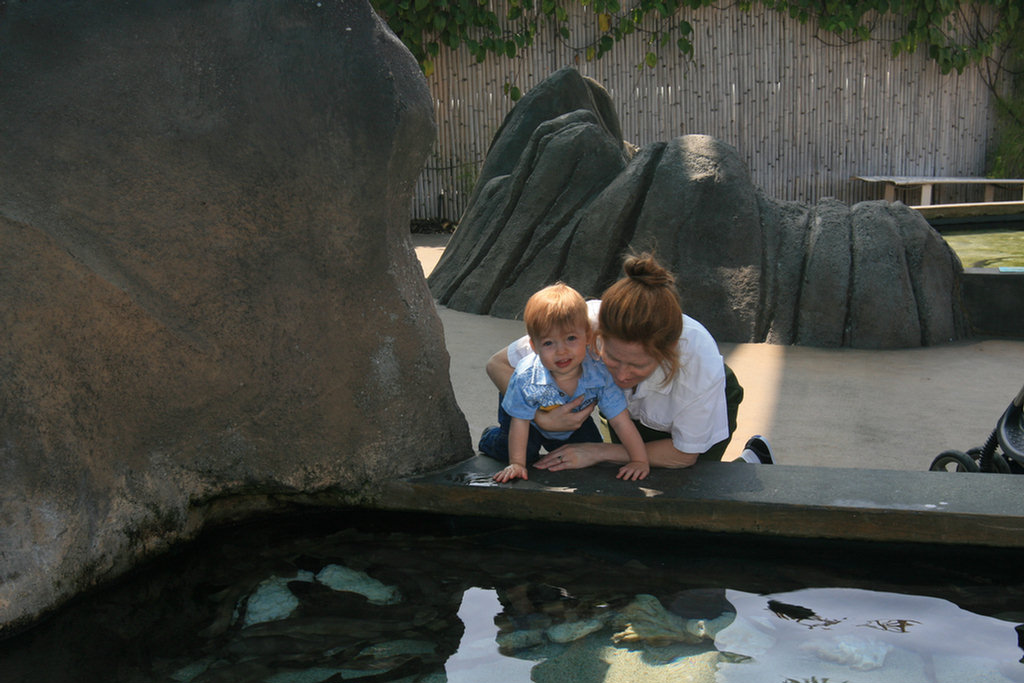
Watch this! I am going to touch a shark!
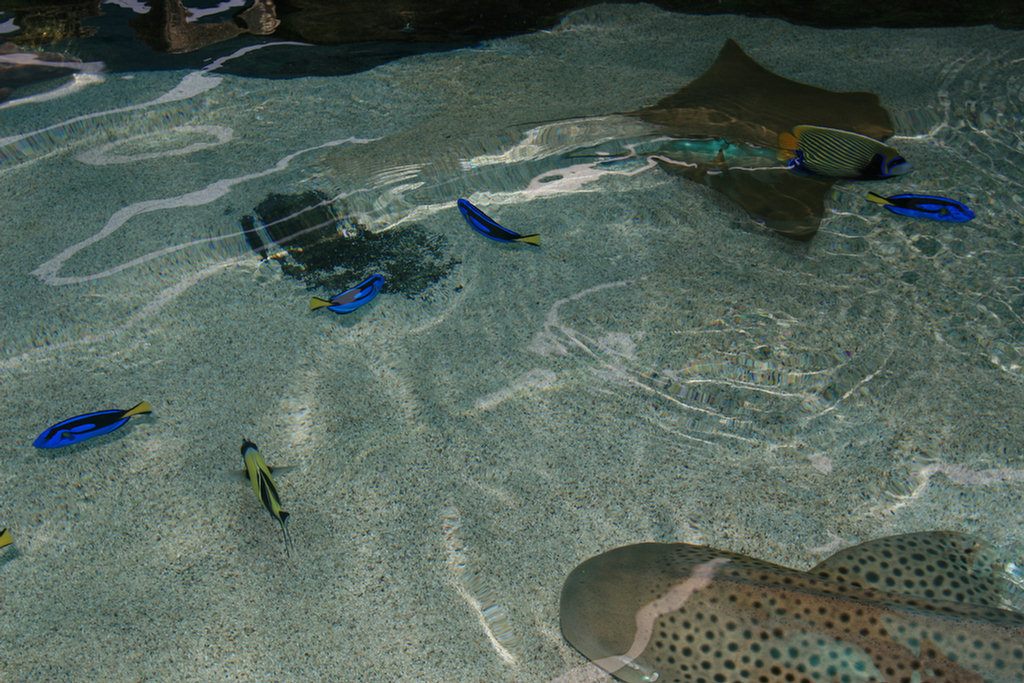
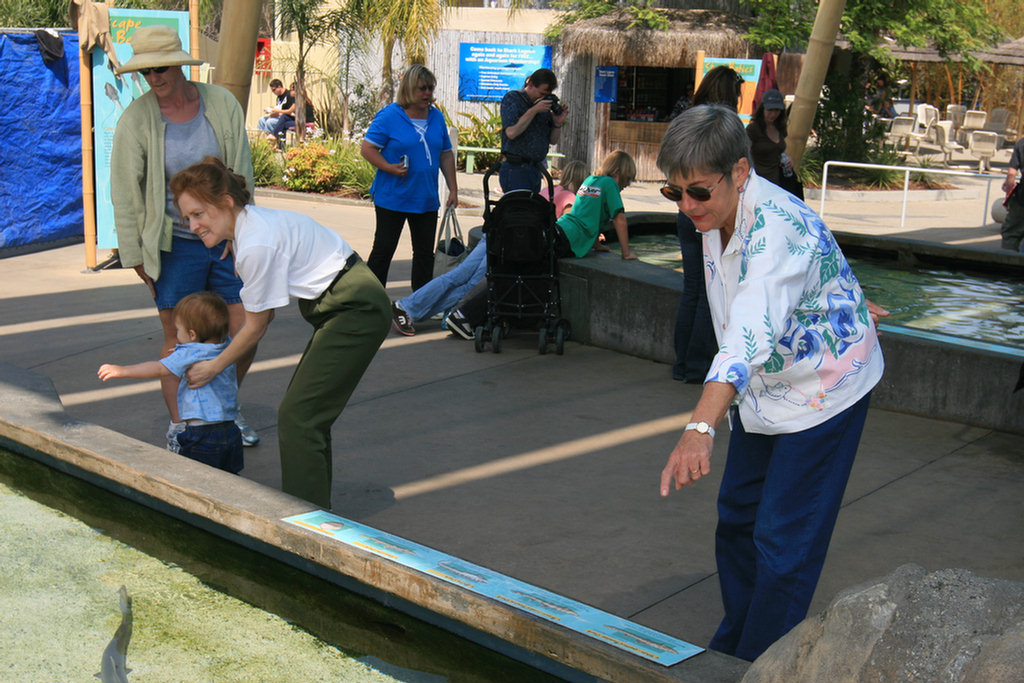
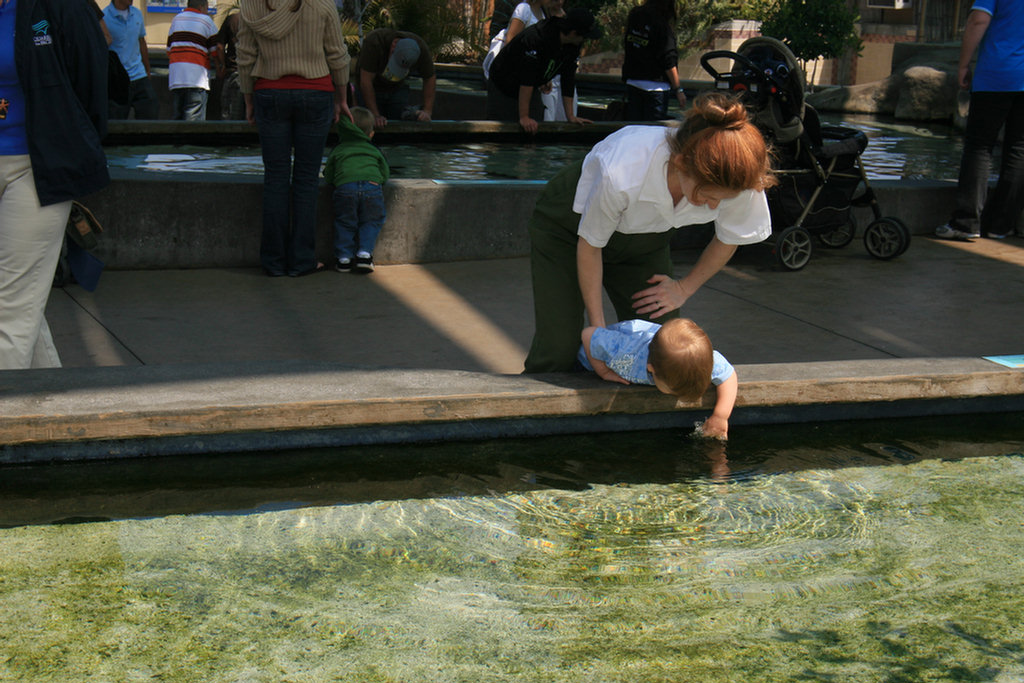
"Mom, will you count my fingers when I get my hands out of the water???"
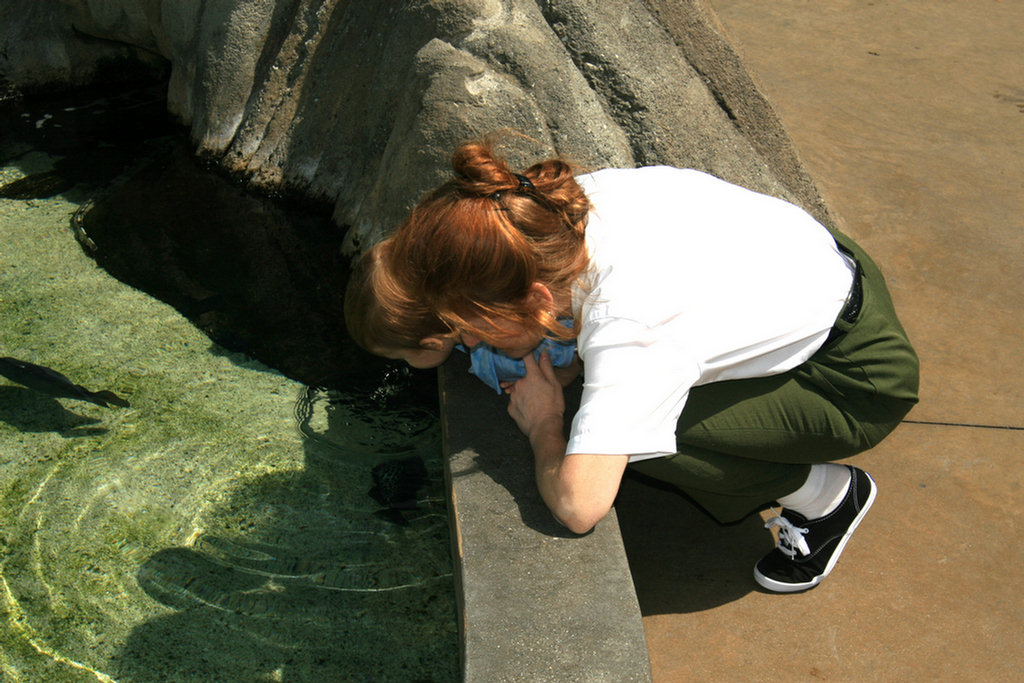
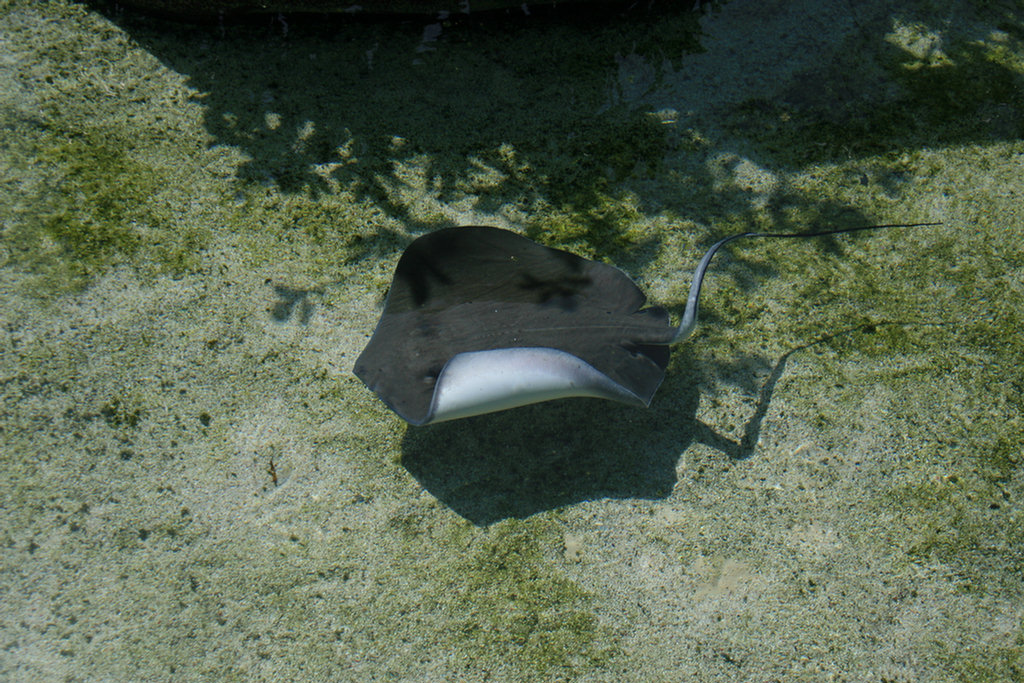
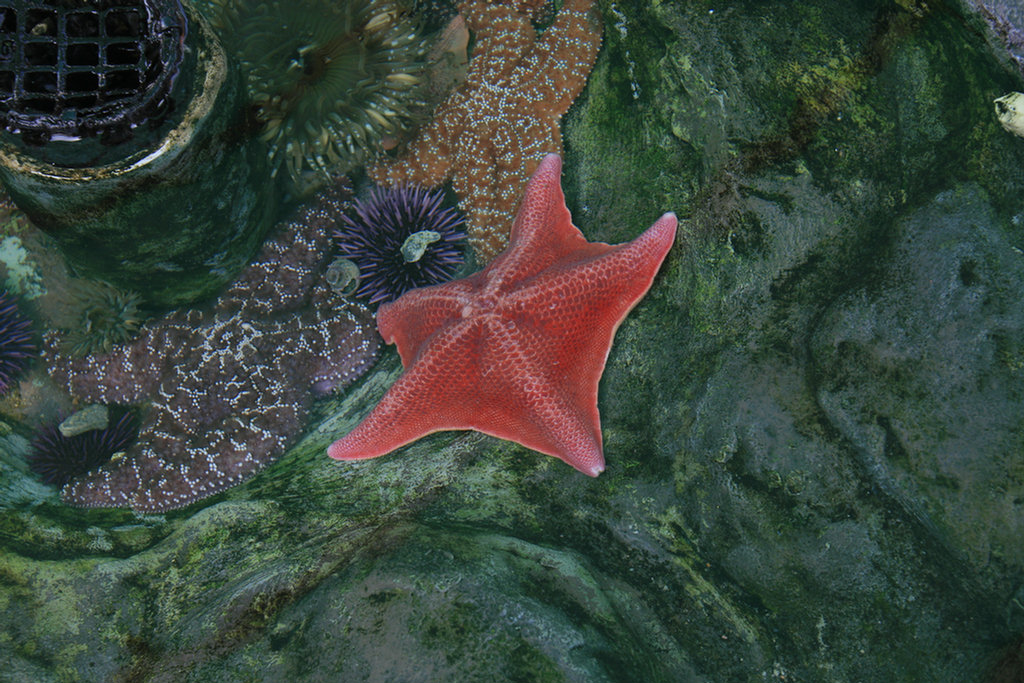
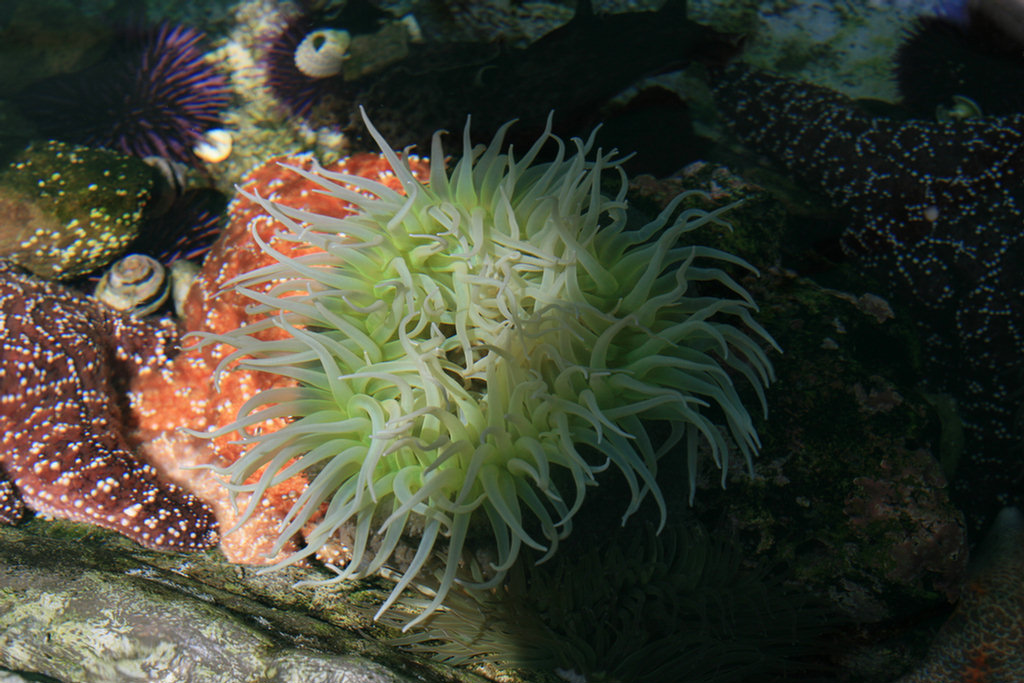

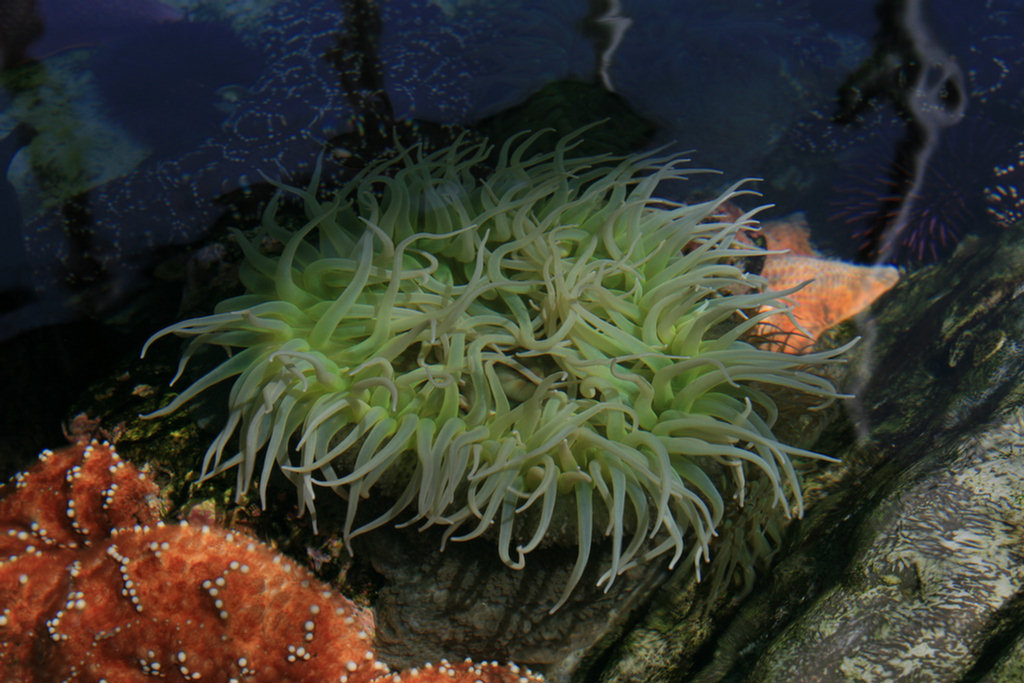
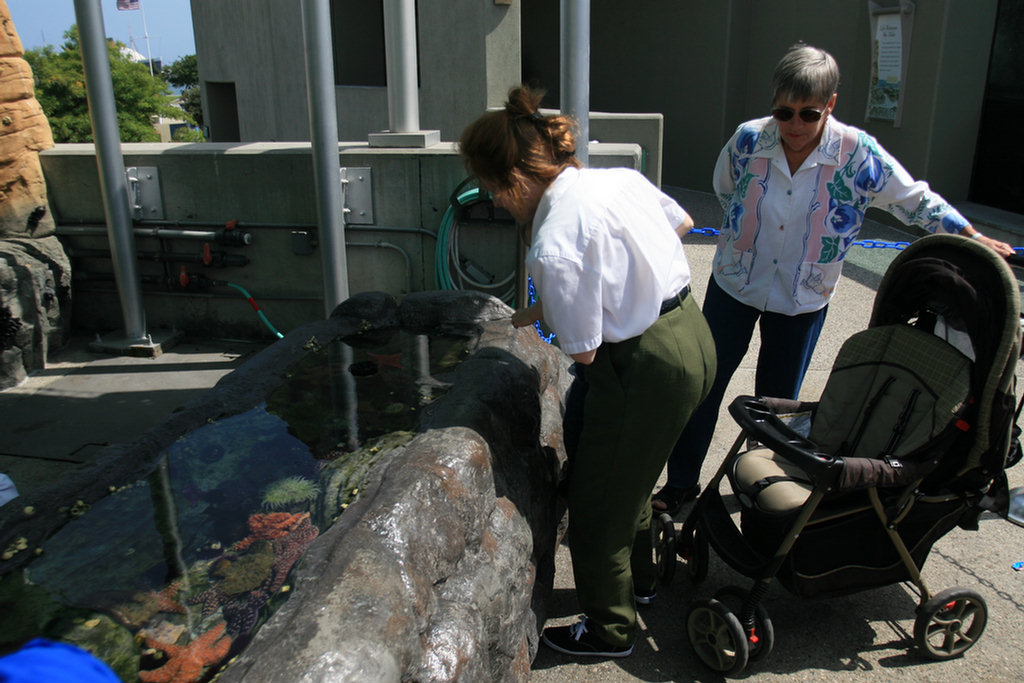
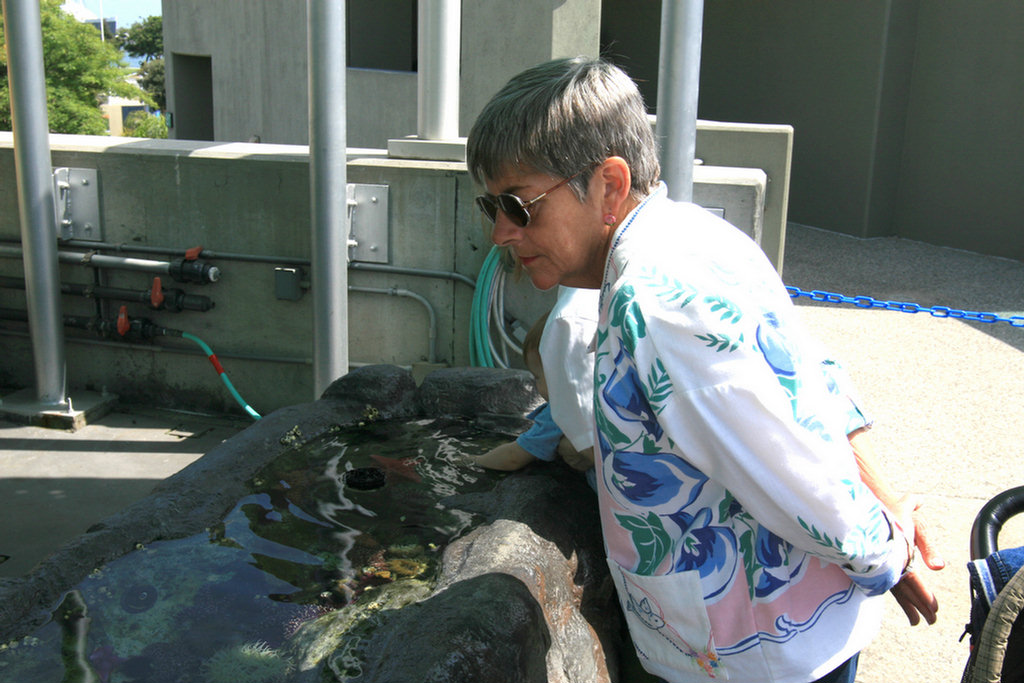
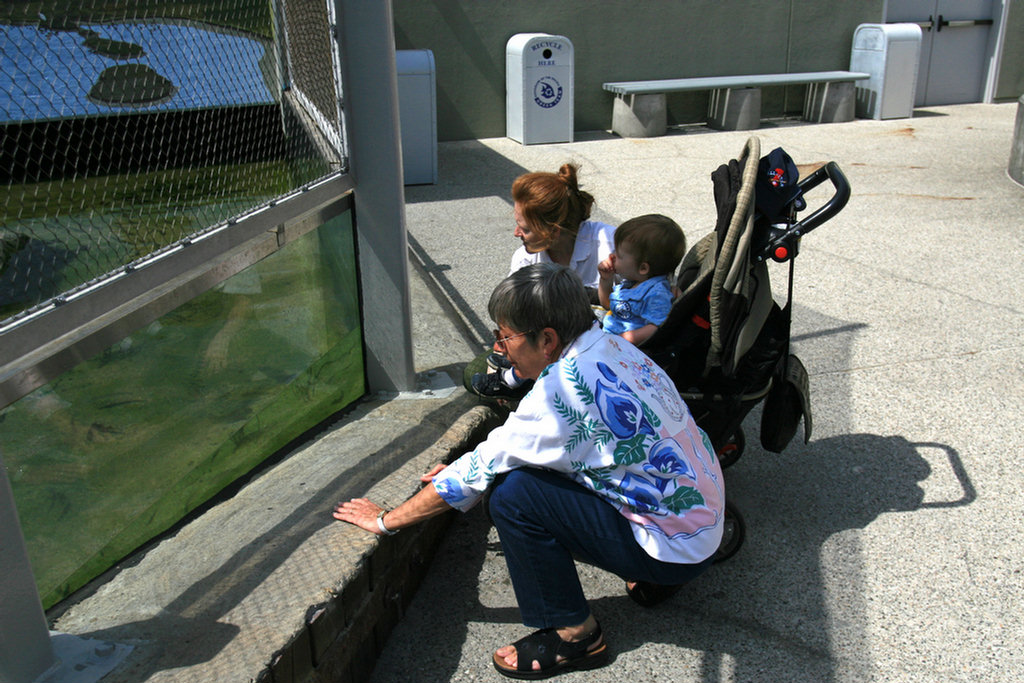
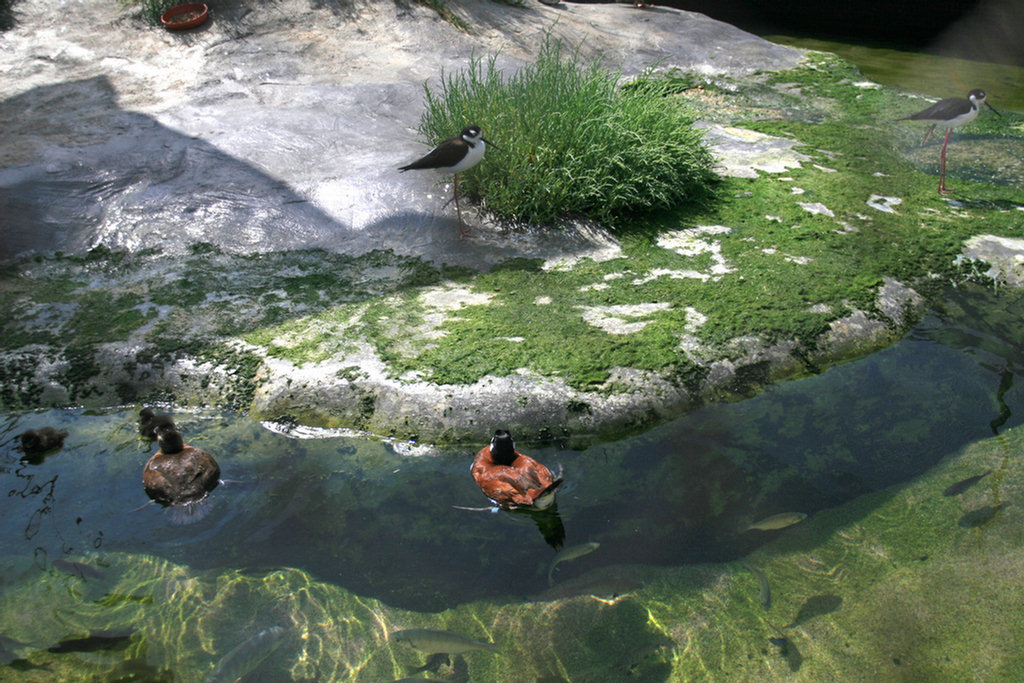
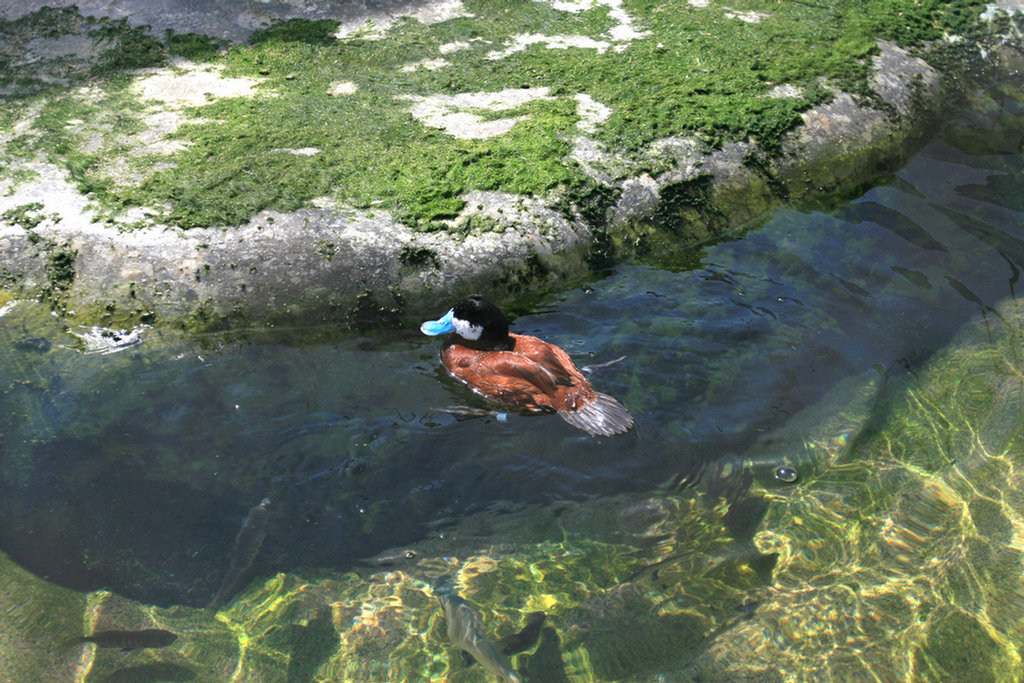
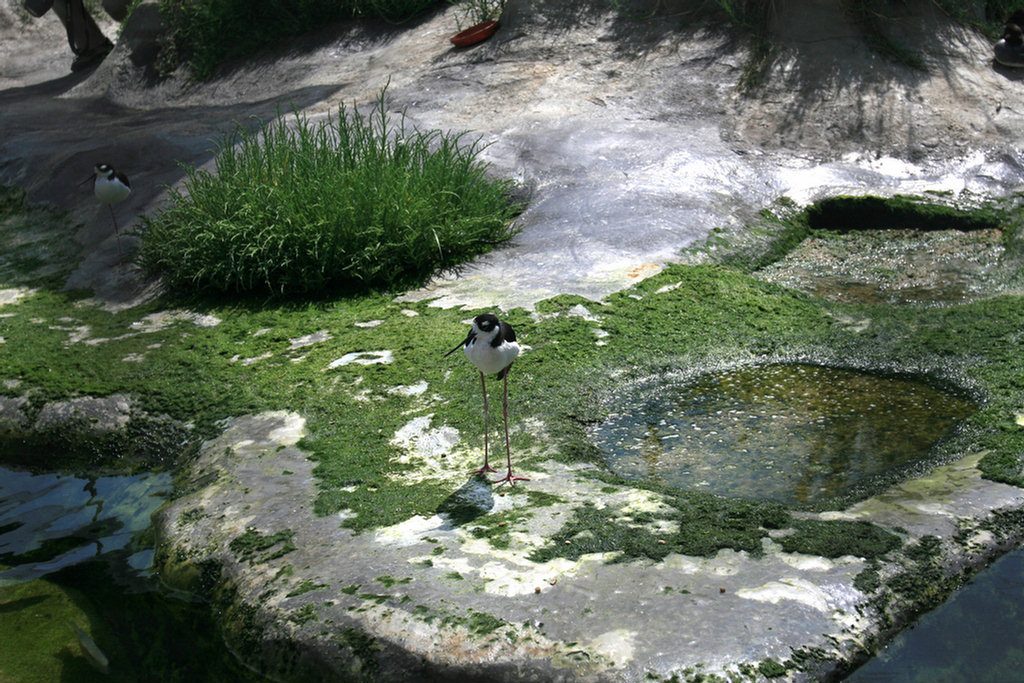
Seals Decide To Put On A Show!
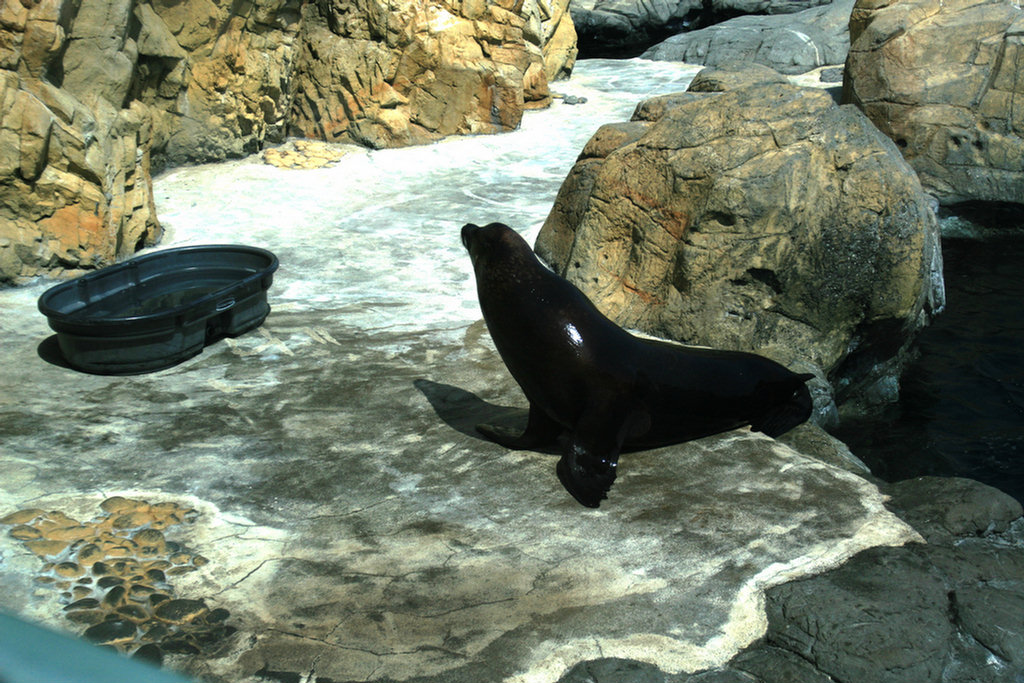
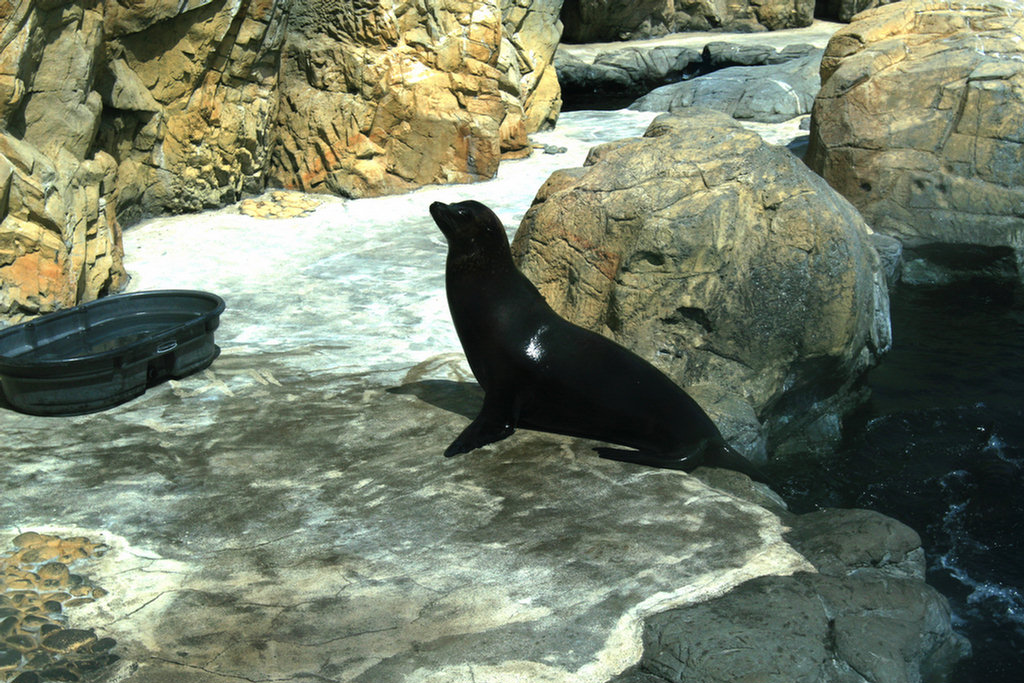


Shrimp! What's All The Fuss?
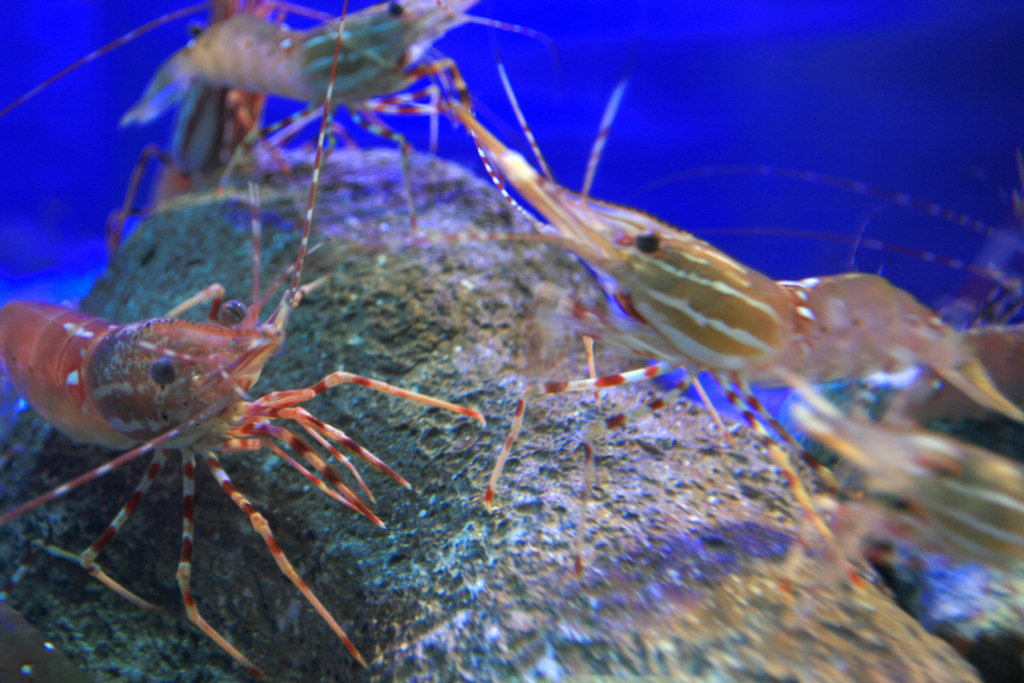
True shrimp are swimming, decapod crustaceans classified in the infraorder Caridea, found widely around the world in both fresh and salt water. Together with prawns, they are widely caught and farmed for human consumption.

King Crab
Did You Know? -
The Japanese spider crab's habitat is limited to the Pacific side of the Japanese archipelago. They often live on the seabed at depths of 150 to 800 m, but are found most prominently in depths of 200 to 300 m. In spring, they can often be found laying eggs in waters as shallow as 50 m.
The Japanese spider crab is caught using small trawling nets, and is often eaten salted and steamed. It is caught in the Sagami, Suruga, and Tosa bays and also around the Izu Islands. Catching of the crab is forbidden during the spring, when it lays its eggs.
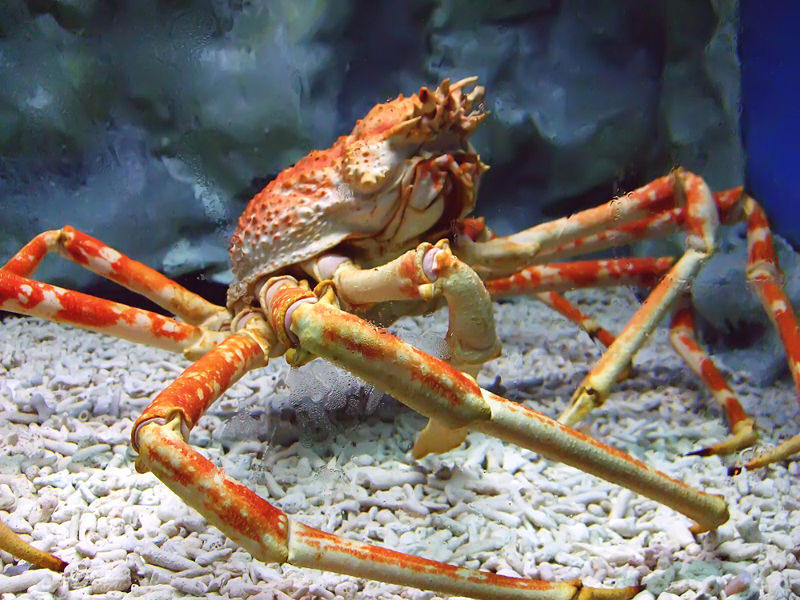
It is considered a specialty around Suruga Bay, but numbers of the crab have diminished over recent years, and there are efforts to protect them. In Wakayama Prefecture, the crabs are caught when they move to shallower waters in the spring.
Did You Know? - The Japanese spider crab is also used for research and ornamental purposes. It has a gentle disposition and is often reared in aquaria.
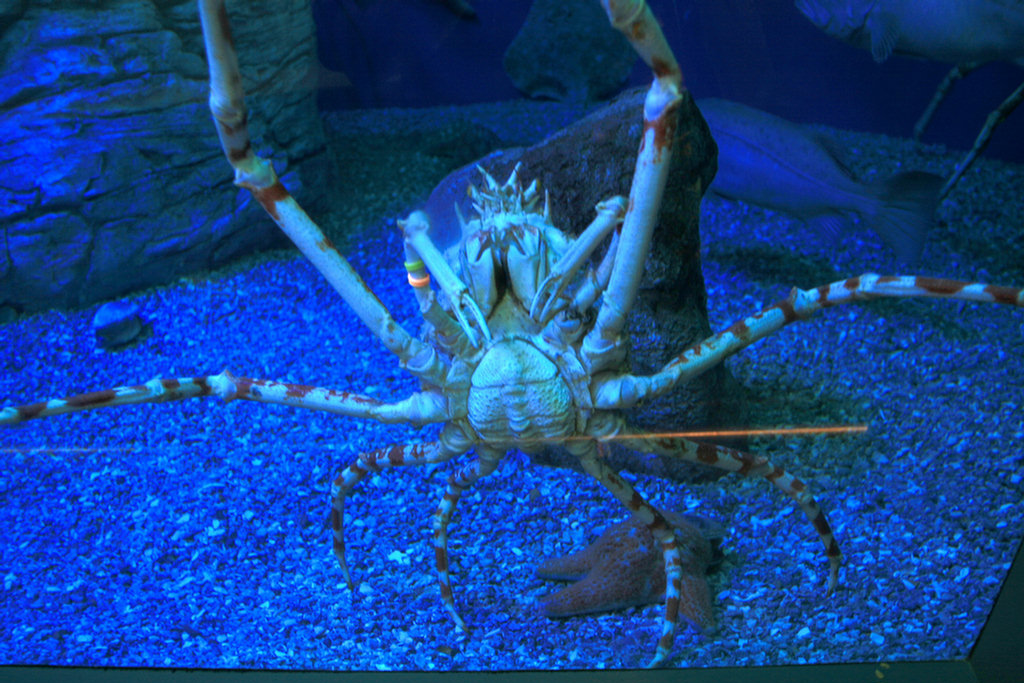
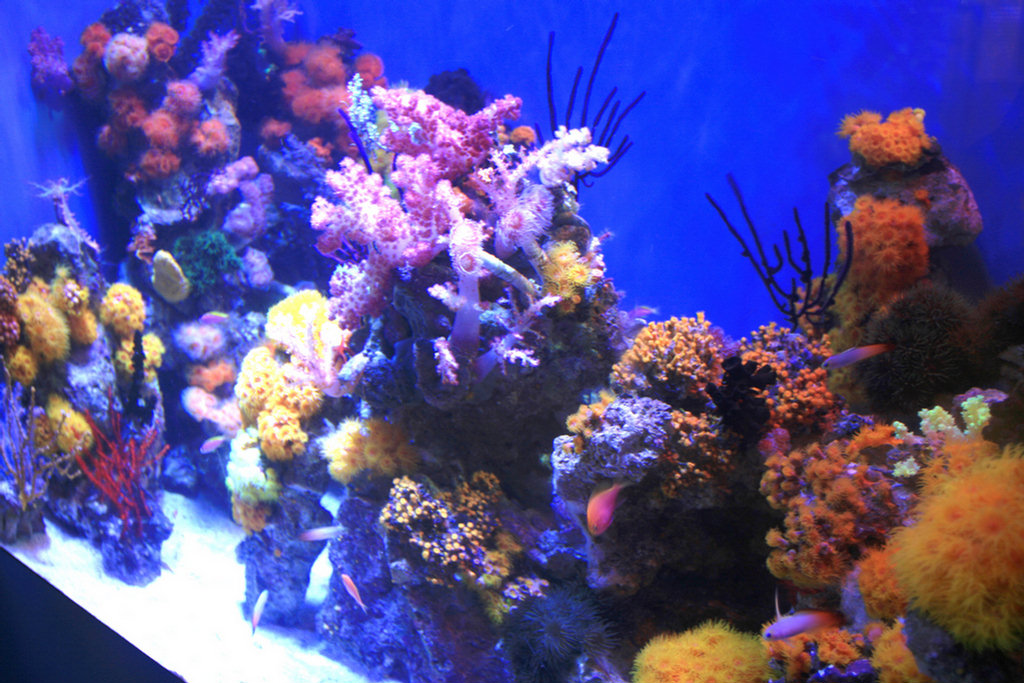
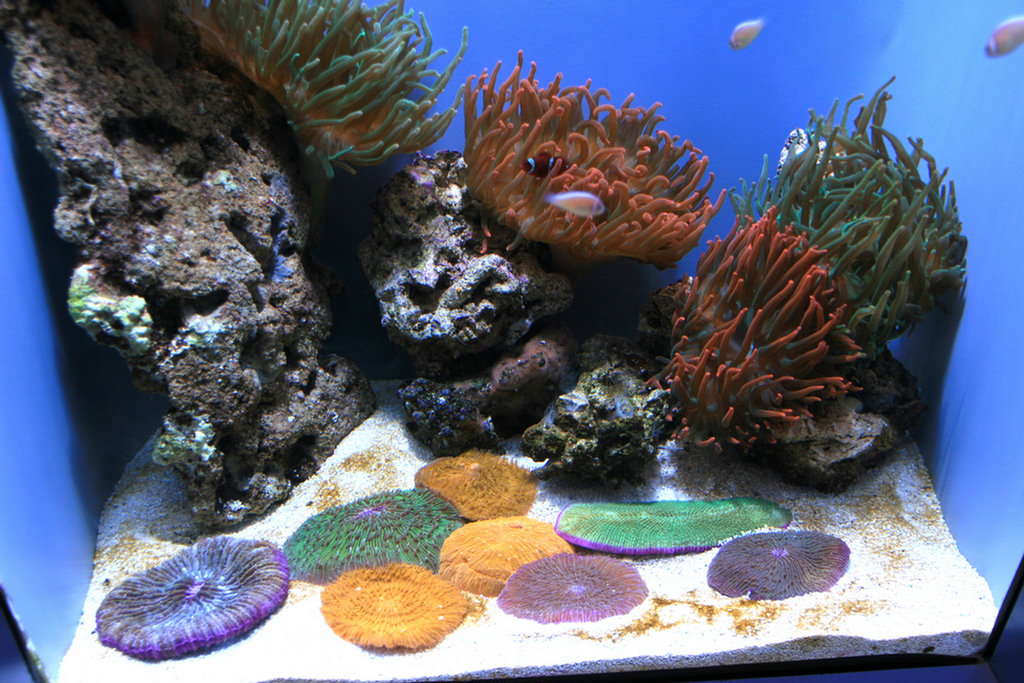
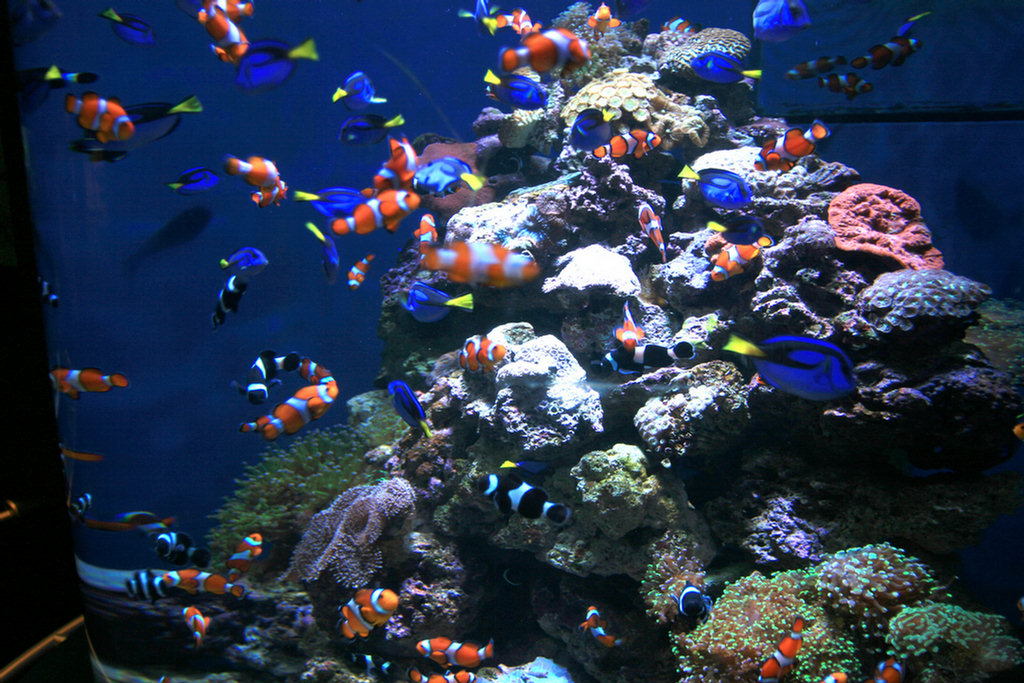
Hey Mom! What Kind Of A Fish Is This?
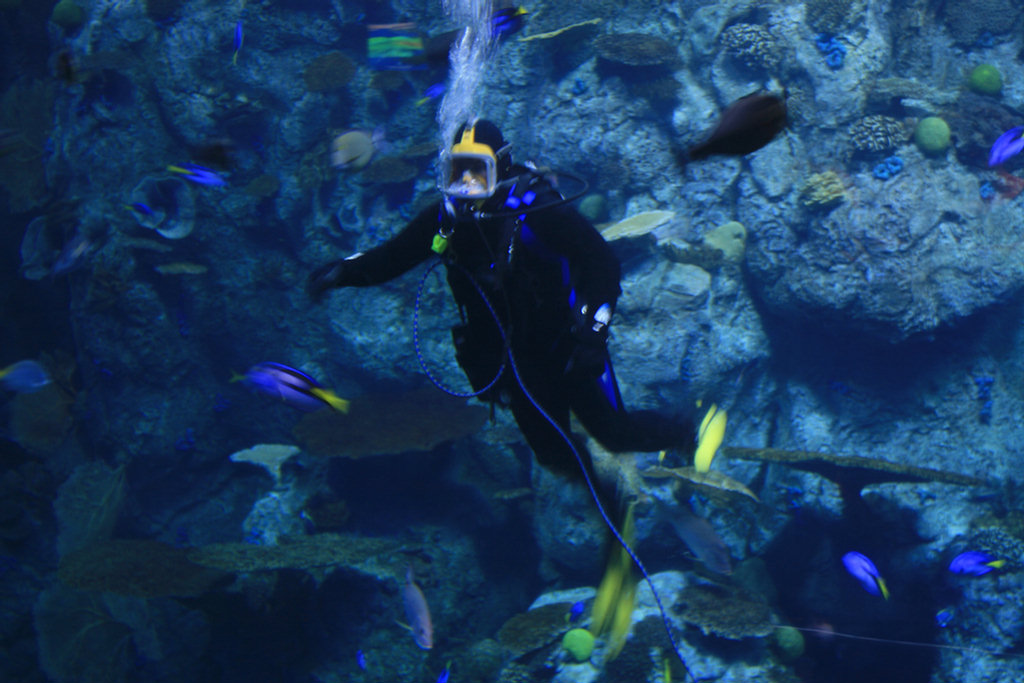
Weedy Sea Dragon
Did You Know? -
The weedy sea dragon or common sea dragon (Phyllopteryx taeniolatus) is a marine fish related to the seahorse. It is the only member of the genus Phyllopteryx. It is found in water 3 to 50 m deep around the southern coastline of Australia, approximately between Port Stephens, New South Wales and Geraldton, Western Australia, as well as around Tasmania. Weedy sea dragons are named for the weed-like projections on their bodies that camouflage them as they move among the seaweed beds where they are usually found.
Weedy sea dragons can reach 45 cm in length. They feed on tiny crustaceans and other zooplankton, which are sucked into the end of their tube-like snout.
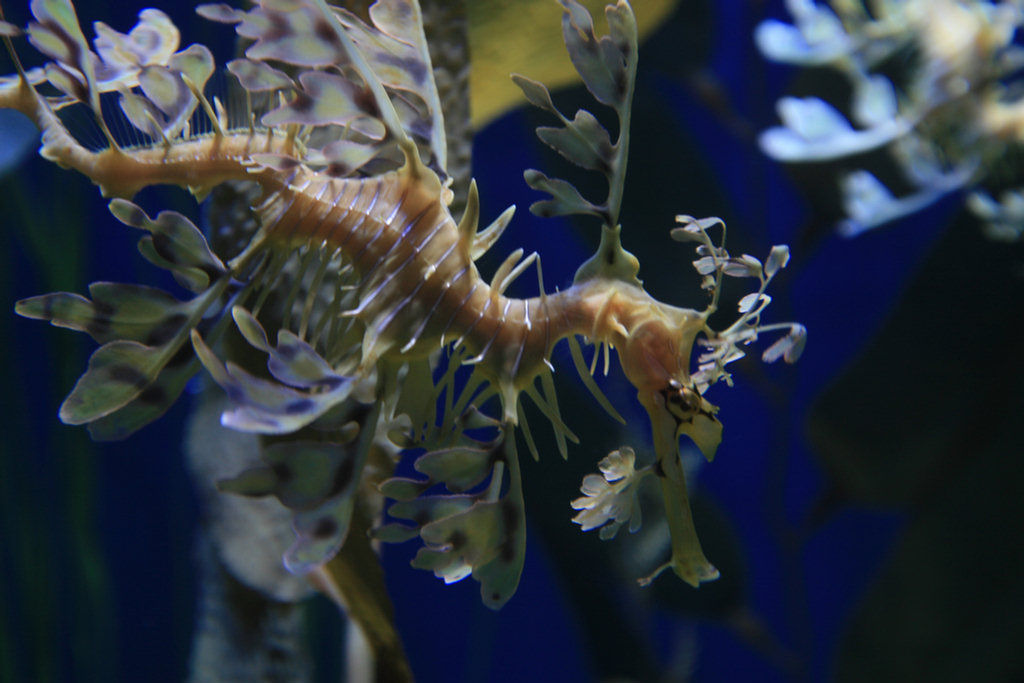
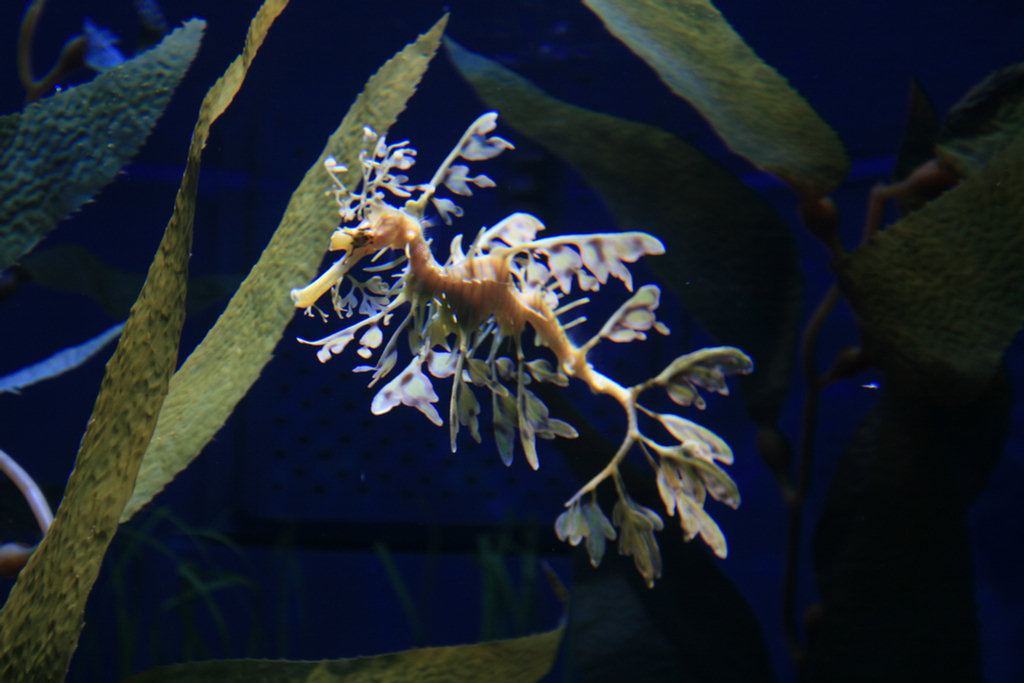
Don't Say It, I Know! I am Cute!



Bye bye for now!